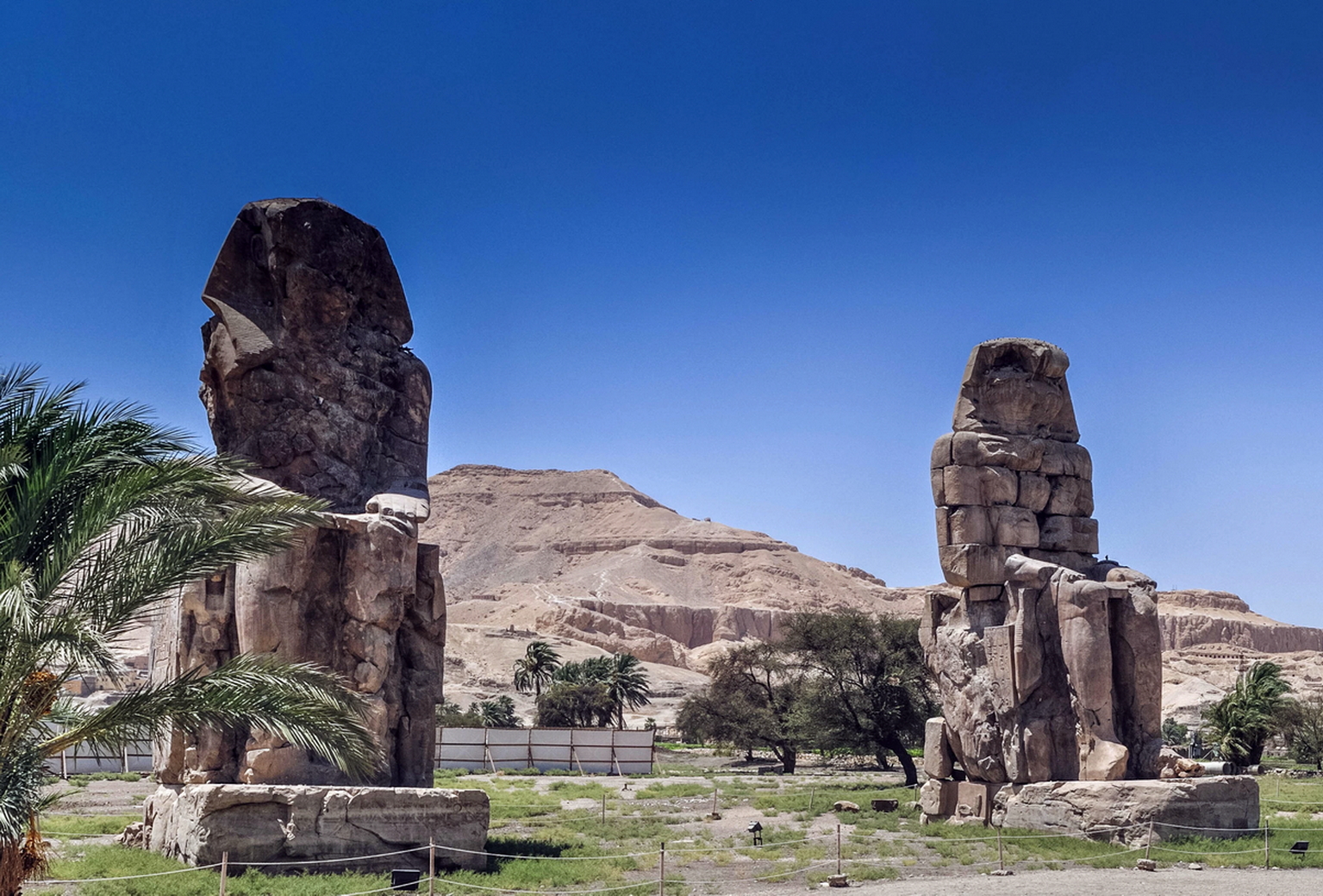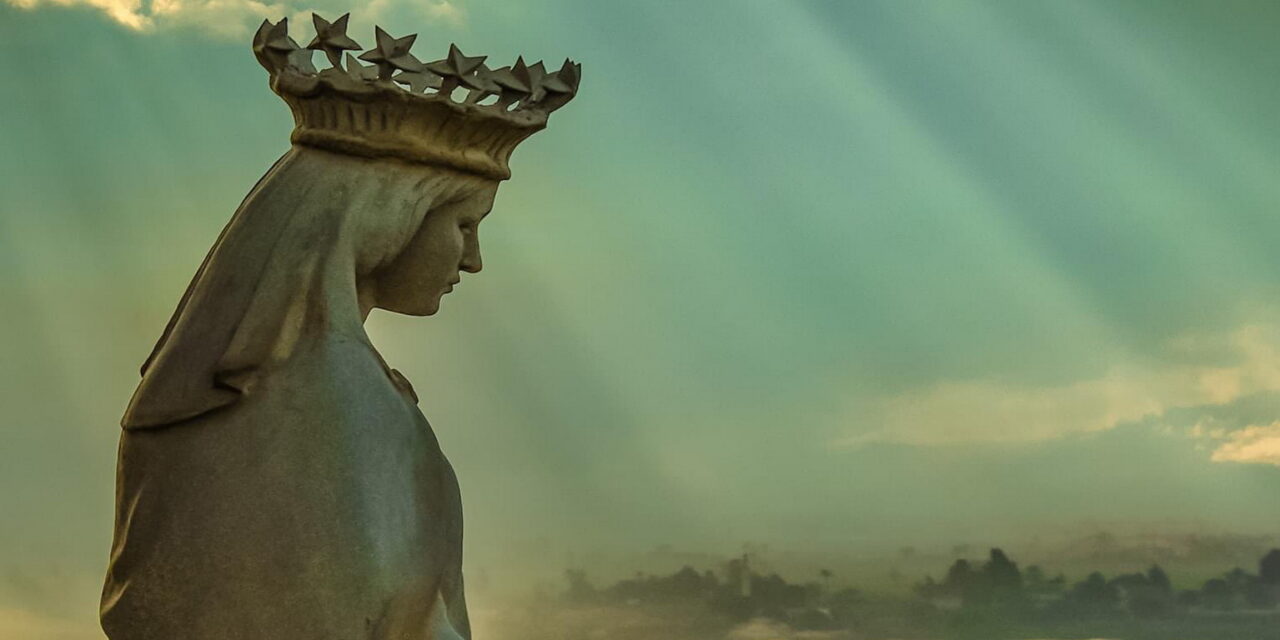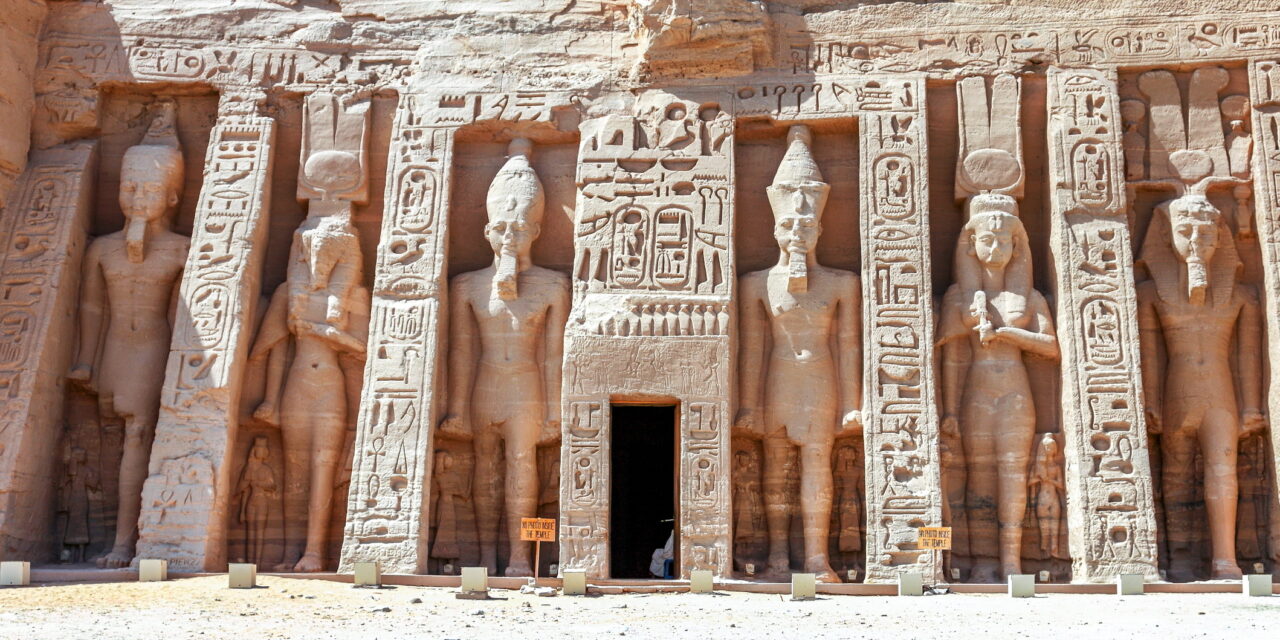
According to a well-known legend, the temple and, later, the city were named Abu Simble after a local who was said to have led archaeologists to the complex. A visit to Abu Simble is highly recommended for anyone interested in ancient Egyptian architecture, natural scenery, and Pharaonic history. Abu Simbel is one of the most magnificent wonders of ancient Egypt and is considered a small village about 280 km south of Aswan and only 40 km north of the Sudanese border. This small village has little to offer tourists and travellers other than its two great temples, which are well-known.Ramses II, the builder of the two temples and many other important ancient Egyptian structures, wanted to reflect his greatness to the inhabitants of Nubia with this massive structure, as well as to document the victory he achieved after defeating the Hittites in the Battle of Qadesh. Originally, the two rock-cut temples were located to the south of Aswan. However, when the High Dam was built in the 1960s, the Abu Simble Temples, along with seven other Nubian temples, had to be relocated.
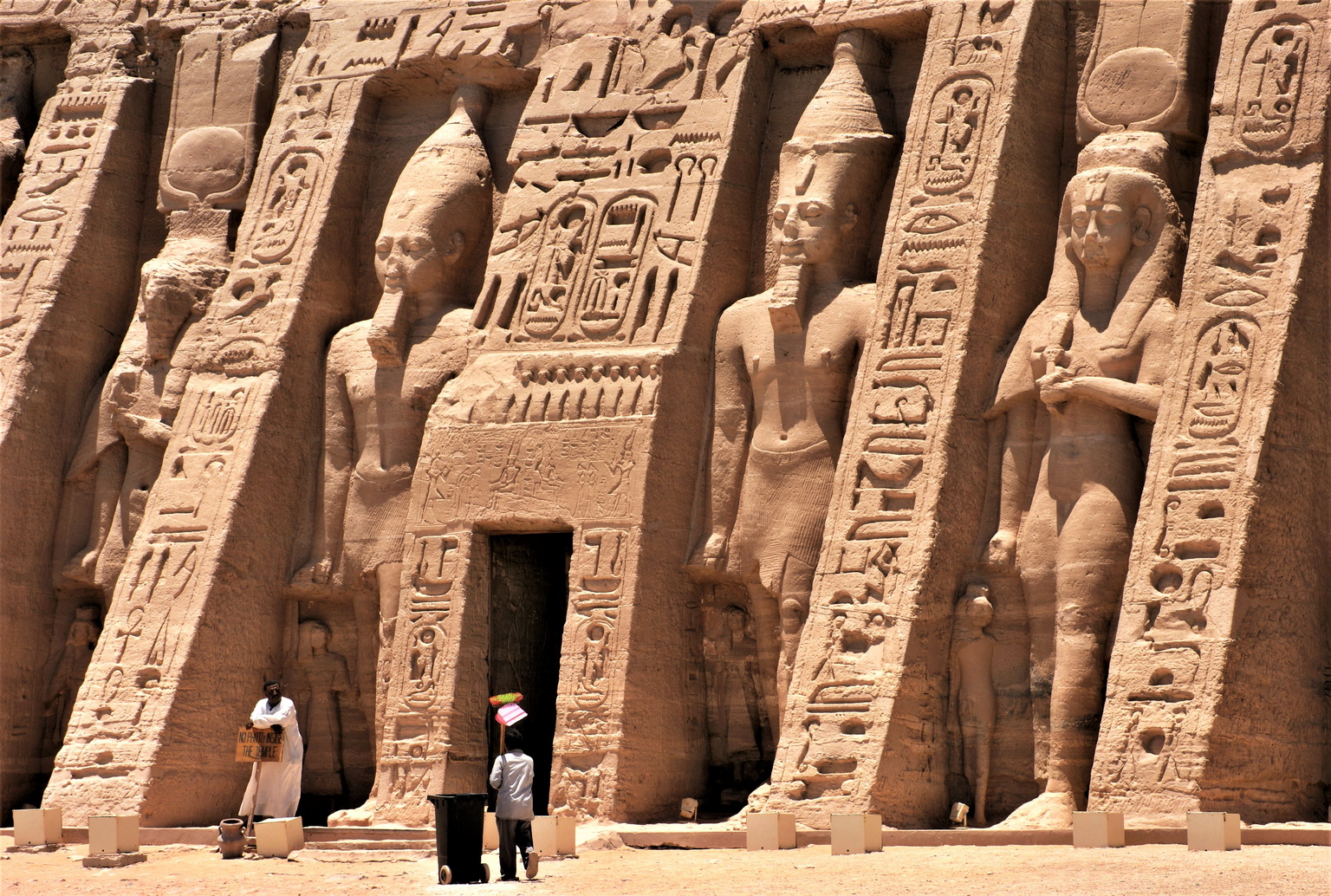
EXPLORE. CONNECT. CREATE MEMORIES
The Great Temple Of Abu Simble
Among the many attractions in this area, the famous King Ramsses II’s Great Temple of Abu Simble is at the top of the list, followed by The Small Abu Simble Temple, which was built for his beloved wife Nefertari. The Massive Temple of Rameses II At the entrance to Rameses II’s Great Temple of Abu Simble are four massive images of the king himself in a sitting position, all carved from stone and measuring nearly 66 feet in height. Images of ancient Nubian civilization inhabitants can be found at the king’s feet, including those of his most senior wife Nefertari, his mother Tuya, and a couple of his children (who were quite plenty). Despite the fact that the images were most likely carved during the king’s early reign, each of his sculptures appears to depict him at various stages of his life. If Ramses’ plan was to secure a place in history and prevent his memory from being erased, the colossal size of those statues are proof that he succeeded. The temple contains depictions of the gods of the time, specifically those to whom it was dedicated, Amun, Ptah, and Re-Horakhty. Ramses himself is also depicted among these divine beings. Inscriptions and marks on statues are an old practise that can be seen in the statues at Rameses II’s temples. Some of the most notable inscriptions are those by Psamtek II soldiers from Dynasty XXVI, which were written in the Greek language.

Temple’s Facade
An image of Rameses the Great paying obeisance to Re-Horakhty (the falcon-headed sun god) as well as some carved baboons can be seen if you look up just as you’re about to enter the temple. The interior of the temple is a little more mundane, with a design that slopes down towards the front of the temple. In addition, the roof of the first hypostyle hall is supported by four rows of two Osiris pillars each. Images of scenes from the king’s victorious battles against belligerent foes, often from Libya and Nubia, adorn the walls of this hall. More images of victorious battle scenes and the capture of enemy prisoners adorn the walls; the Northern wall, in particular, depicts Rameses’ most remarkable conquest at war, which occurred at the battle of Kadesh. The statue on the left side of the entrance depicts Rameses wearing the white crown that is typical of the Upper Egypt region, while the one on the right depicts him wearing the double crown that is used to honour rulers in the Two Lands.
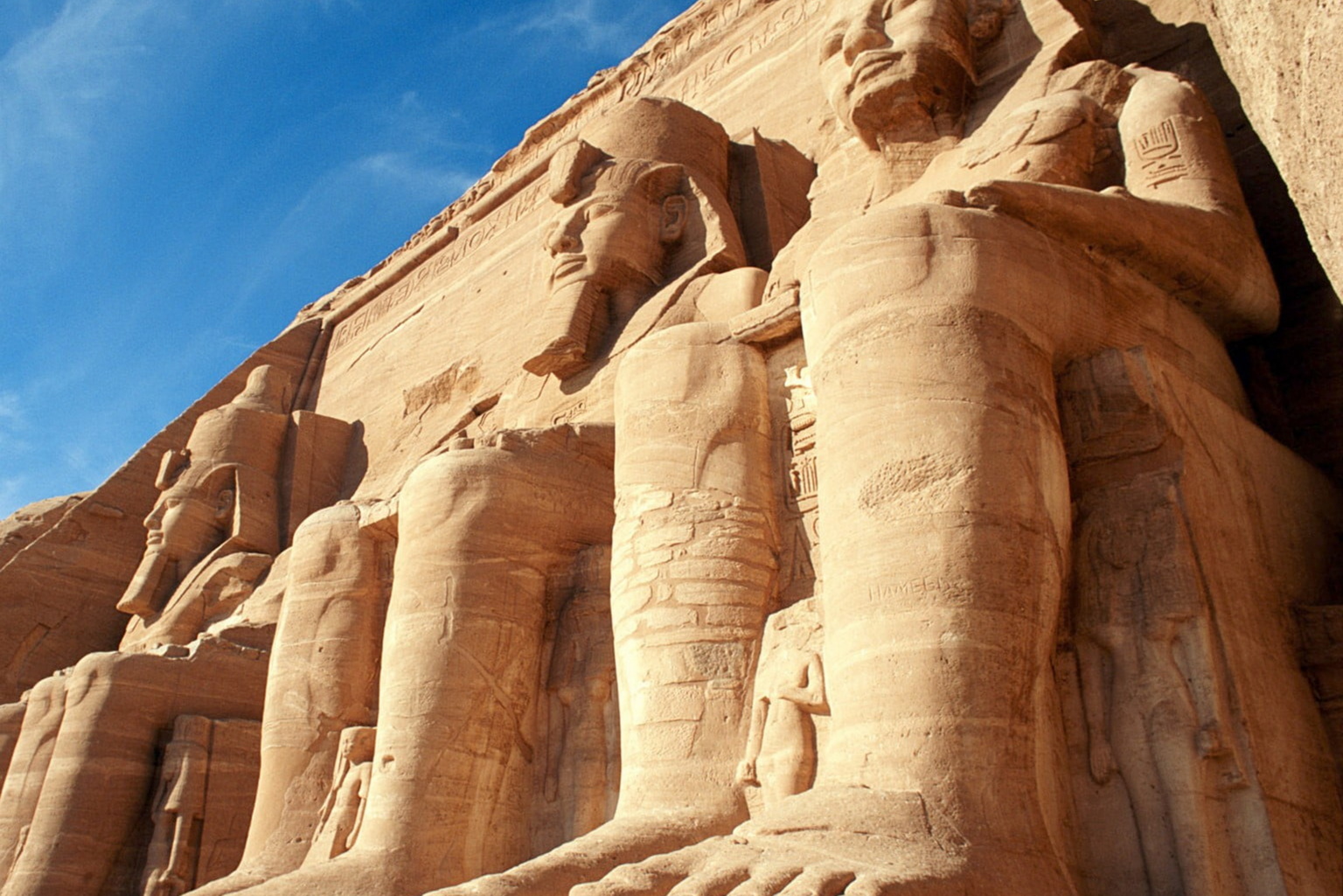
Temple’s Interiors
Just before entering the antechamber, an image of the goddess Nekhbet can be seen on the vulture ceiling. The antechamber is supported by four columns carved with images of Rameses the Great and Nefertari (his queen) performing religious rites and offering sacrifices to the gods. Various repositories around the antechamber house various items for the rites as well as some likely Nubian tributes. It appears that the concept of a holy of holies is not limited to King Solomon’s temple as described in the Bible. Rameses the Great’s temple also had a sacred inner court that was separate from the antechamber. The images of the gods previously mentioned, Amun, Ptah, and Re-Horakhty, as well as Rameses himself, can be found on the inner walls of this sacred court.
A platform on which the sacred boat must have been placed can still be found within the inner court. Furthermore, the temple’s positioning and orientation ensure that rays of sunlight fill the inner court on the 22nd of February and the 22nd of October every year. This could have served as a source of mythology or spiritual significance for the Nubians. The Great Temple of Abu Simble is adorned with embellishments and ornaments that depict Rameses’ majesty and divinity as a celestial Pharaoh. These embellishments and Rameses’ aggrandizement were most likely intended to keep the Nubians in awe of their king and to keep them submissive and obedient to his rule. The Temple Of Nefertari (Hathour) While not as large as the Great Temple of Rameses II, The Temple of Hathour is an interesting monument in Abu Simbel that is close to the Great Temple. Rameses built this smaller temple to honour his queen, Nefertari, and dedicated it to the goddess Hathor.
Images of Rameses dominate the entrance of The Temple of Hathour as well, but there are statues of Nefertari positioned at each flank of the entrance in between massive statues of Rameses and smaller statues of their princes and princesses at their feet. Rameses must have adored Nefertari because having identical-sized statues of a king’s wife alongside her Lord in front of a temple was unprecedented.
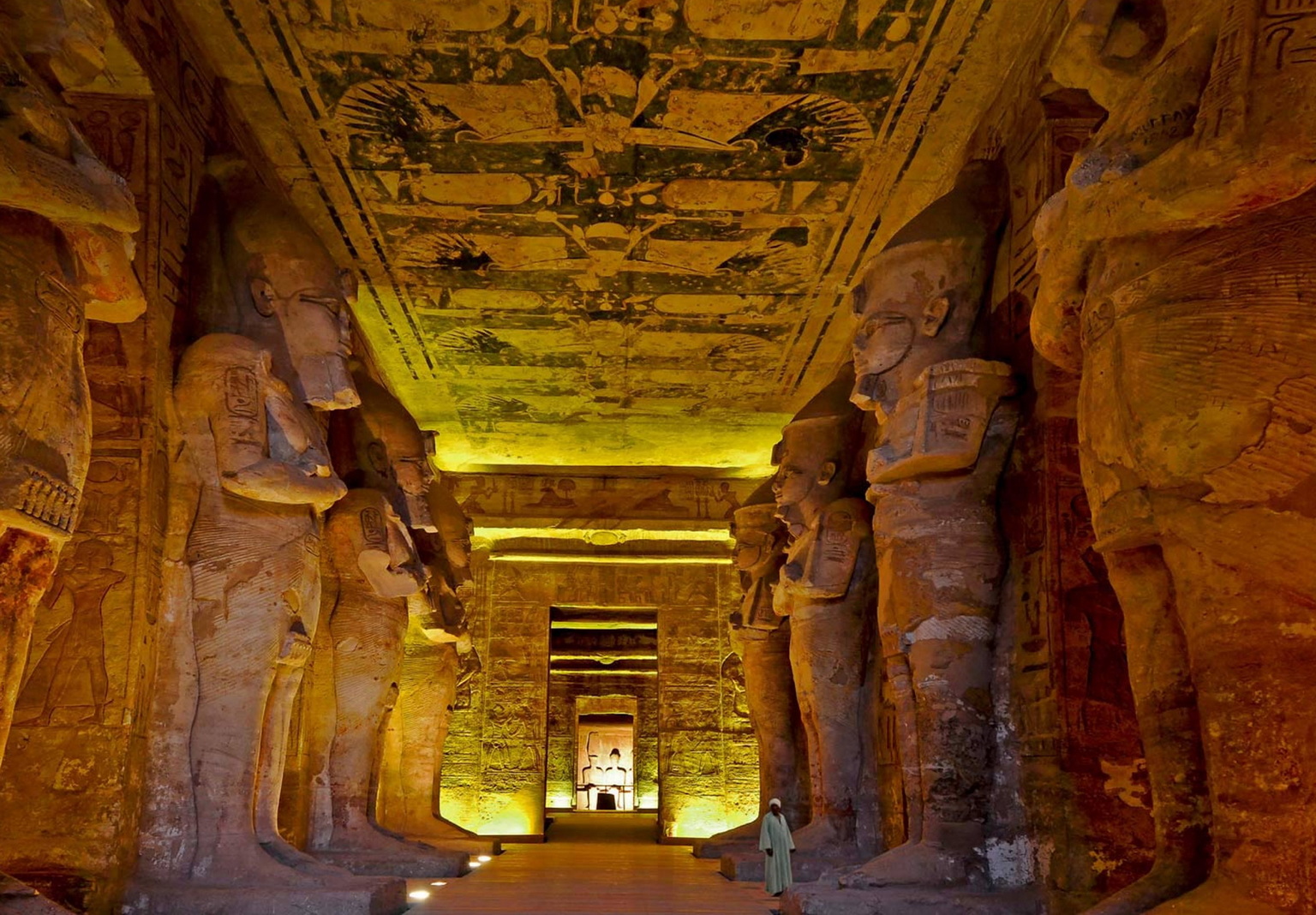
The Interior Design
The space within The Temple of Hathour is designed differently than the great temple. Images on the walls depict Nefertari accompanying Rameses in religious rituals, worshipping and sacrificing to the goddesses Hathor and Mut. Again, as Ramesses was depicted as a celestial king within the great temple, Nefertari is depicted as a deified queen within the Hathor temple.
On the wall, there are carvings of Rameses as a warrior annihilating his enemies. Unlike the great temple’s hall, which has four rows of Orisis pillars, the hall in The Temple of Hathour only has three rows of two pillars each, all of which are decorated with images of Hathor heads. Within the inner court, a massive image of Hathour carved into the stone walls depicts her as a sacred cow-goddess rising from the Western Mountain. The antechamber is surrounded by vivid images of Hathour in her sacred boat, and walking through the side chambers carved out of the surrounding rocks gives the impression of being in a cave. Other Interesting Monuments in the Area Apart from the great temple of Rameses II and the temple of Hathour, there are some other interesting sites to visit in Abu Simbel. A set of stones with the names of Nubian officials carved into them can be found below the cliffs that house the temples. Relics of a sun-court are also visible near the northern edge of the great temple. In the vicinity, as well as the marriage stele on which the contractual marriage between Rameses II and a Hittite princess was recorded.

Qasr Ibrim
Before the Southern Aswan Dam was built, Qasr Ibrim stood 230 feet above sea level on the highest of three cliffs east of the Nile. Despite the fact that it is connected to the surrounding area by a land bridge, the site has largely become an island. There is speculation that it was built by the Middle Kingdom’s 12th dynasty kings in an attempt to control the trade route that ran through the Nile. However, according to archaeological studies, 1000 BC is the earliest period from which artefacts were discovered on this site, by which time the Middle Kingdom had ended. The strategic location of Qasr Ibrim on an elevated tributary of the Nile appears to have made it the target of fierce competition and battles by various parties throughout history and even in recent times.
As a result of Cleopatra and Antony’s defeat in the battle of Actium in 31 BC, Egypt was annexed into the Roman Empire, and an outpost of Roman soldiers was stationed at Aswan. This outpost was attacked by Nubians, most likely led by the Queen Amanirenas, who routed the Romans and controlled the regions of Aswan, Philae, and Elephantine for a time. However, the Romans were able to send reinforcements and retake the site, driving the Nubians south and settling at Qasr Ibrim. When Augustus Caeser was emperor and Gaius Petronius was the local prefect, the Nubians struck again, retaking the location and forcing the Romans to agree to a peace treaty that required them to leave. Over time, people came and went from Qasr Ibrim, ensuring that the site was always occupied until 1811, when it was completely abandoned. The first piece of an inscription discovered at Qasr Ibrim was a stele made during the reign of King Amenhotep I. The stele is currently on display at the British Museum in London after being discovered in the crypt of a Christian Cathedral; its creation date is estimated to be the eighth year of Amenhotep’s reign.
Apart from being a desirable location for security and physical reasons, Qasr Ibrim also had some religious significance during and after the Pharaohs’ reign. Four shrines carved into the body of the cliffs in the direction of Aniba by local administrators during the new kingdom (formerly known as Miam, the ancient capital of the region). These shrines were dedicated to the goddess Hathor (whom the people of the region considered the goddess of safety and success on voyages), Horus, and the First Cataract deities. Due to the dangers posed by Lake Nasser’s rising waters, the shrines were eventually relocated. After being removed from its previous location, one of the shrines, built by Usersatet, the governor of Kush under Amenhotep II, was rebuilt at the New Nubian Museum in Aswan. There has yet to be any rebuilding of the other shrines, despite new Sabua being mentioned as a possible location for the erection of these shrines.
A Stele of Seti I has also been reconstructed at the southern end of the region’s major Ptolemaic temple in New Kalabsha. There were archaic tombs on both sides of the Qasr Ibrim plateau, which were unfortunately destroyed by the Lake Nasser deluge. The earliest surviving religious structure on the site is a temple built during King Tahargo’s reign. Following the Nubian attacks, Qasr Ibrim experienced a period of prosperity and affluence, during which many temples were built and repairs were made to King Tahrago’s temple. People with various ailments flocked to the temples to seek healing because the temples had a reputation for curing diseases. Because of its resistance to invading religions, Qasr Ibrim remained a centre of worship for traditional Egyptian gods despite the spread of Christianity in the surrounding Roman Empire. Despite Theodosius I’s (Roman emperor) decree in 390 AD to close down the ‘pagan temples,’ the Nubians at Qasr Ibrim remained steadfast and continued to worship in the temples located there. They eventually had to surrender, and the Temple of Isis in Qasr Ibrim was demolished, while King Tahargo’s temple was converted into a Christian church. Another cathedral dedicated to the Virgin Mary was built in the 7th century at Qasr Ibrim using bricks from ancient temples. As a result, the region was converted into a Christian region with its own diocese, attracting pilgrims from all over the world who attempted to leave a mark of their presence by leaving footprint impressions on the site.
Bishop Timotheos’ complete tomb, which was interred in Qasr Ibrim at the end of the 14th century, was discovered unaltered in the northern crypt of the Virgin Mary Cathedral. Along with his body, the Patriarch of Alexandria’s appointment letter from 1372 AD was discovered. At the time, Christian burials were performed with little ceremony or formality; the body was simply wrapped in a blanket and lowered into a stone-covered grave. However, clergymen’s burials were handled differently and in a more elaborate manner. Bishop Timotheos’ body was discovered in his official robes, along with the sacred iron cross and some personal effects. All of these artefacts discovered in Qasr Ibrim are now housed at the British Museum in London, along with a page from the biblical book of Revelation written in the native Nubian language and inscribed with Coptic letters.
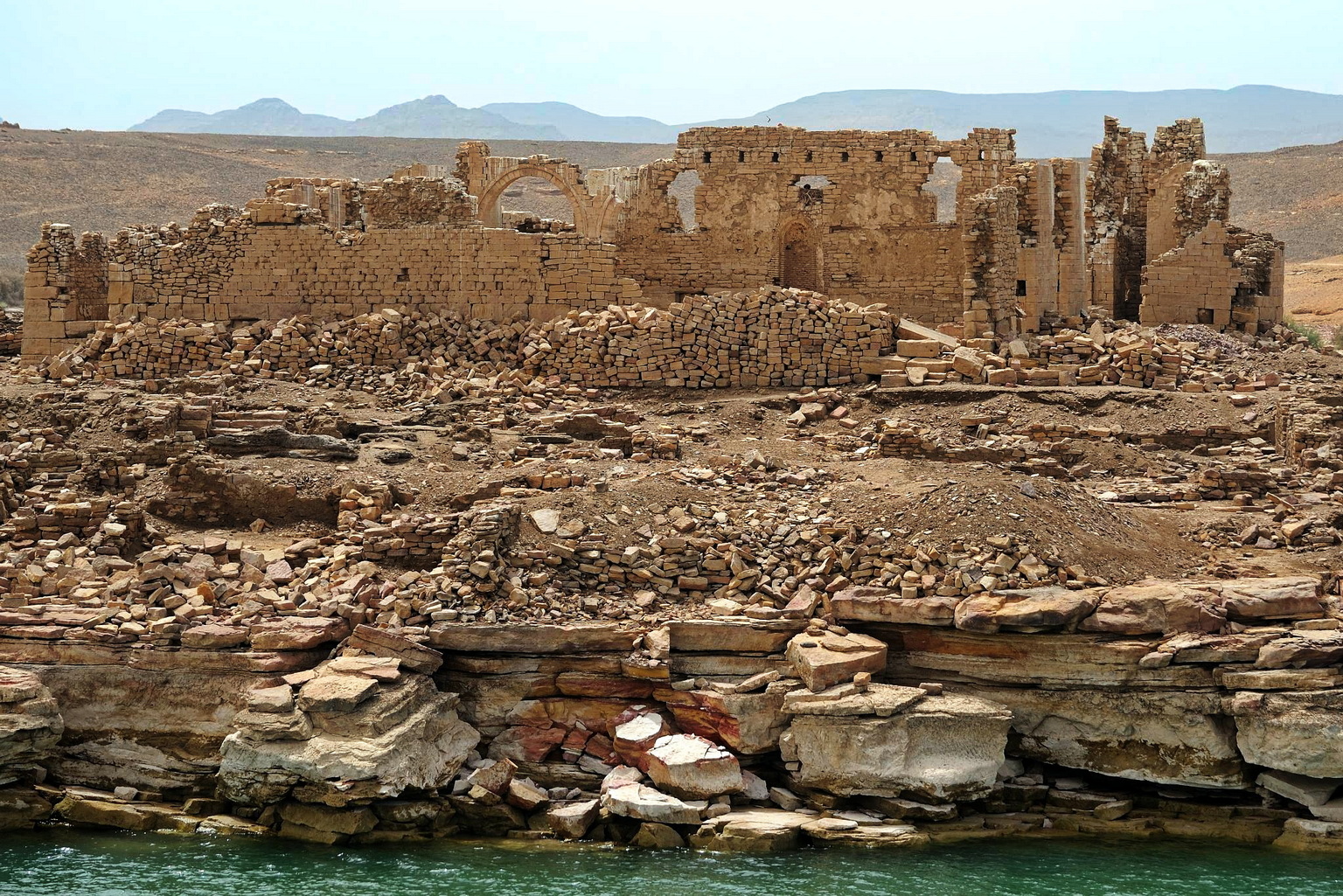
The Temple Of Amada
The Temple of Amada was begun in the 15th century by Pharaoh Tuthmosis III and completed by other pharaohs who succeeded him; it was dedicated to the gods Amon-Re and Re-Herakhte. This site is notable for being the last surviving building on Lake Nasser, with some of the most intricate and aesthetically carved images in any Nubian temple (including Ramses II’s great temple).
Another remarkable feature of this site is the presence of two historically significant engravings: one depicting Egypt’s invasion of Libya in 1209 BCE and another depicting the punishment meted out on the arrowheads of a Syrian insurgency in 1425 BCE.
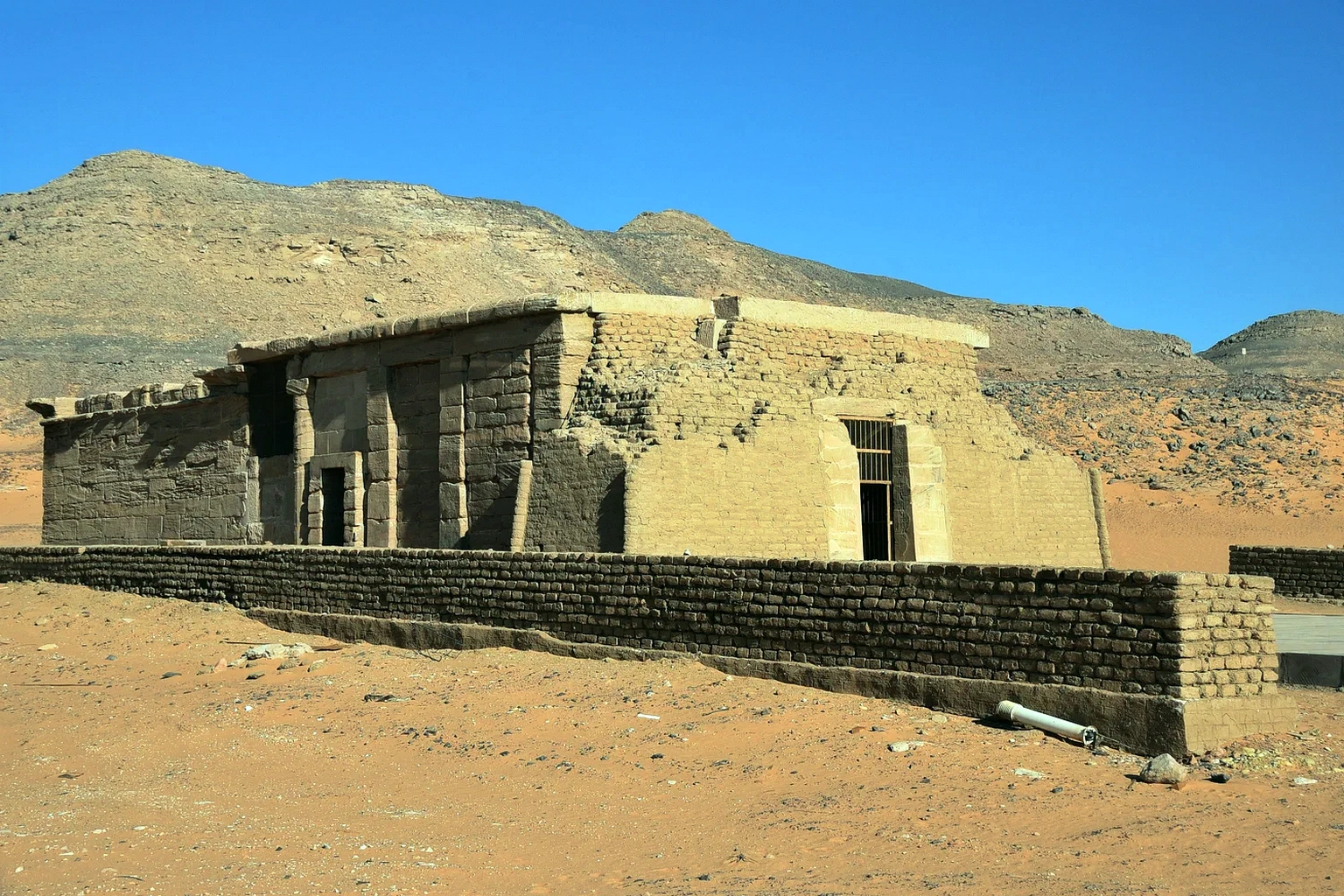
The Temple Of Derr
It is a little too late for any visitor hoping to see The Temple of Derr in its original state, as its entrance and atrium have been destroyed over time. The inner court’s covering, as well as the four square columns that support it, remain. This temple appears to have been built in the style of Rameses II’s great temple and Abu Simbel’s temple of Hathour, with various paintings and carvings adorning the walls. The carving of a sacred boat bearing the god Re-Herakhte being carried by a priest is particularly appealing. The divine pharaoh, Rameses II, is depicted walking alongside the boat wearing a cloak made of leopard skin.
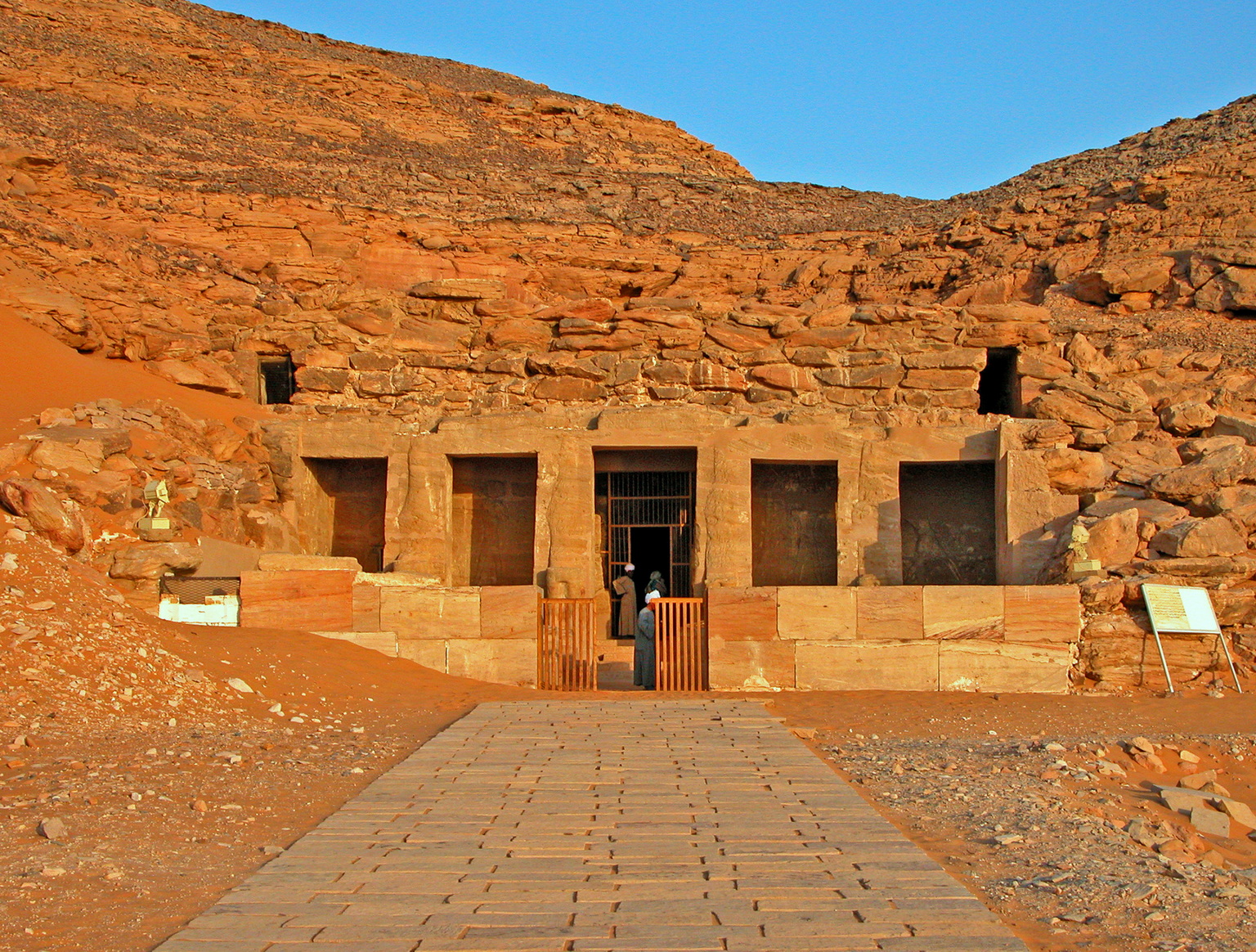

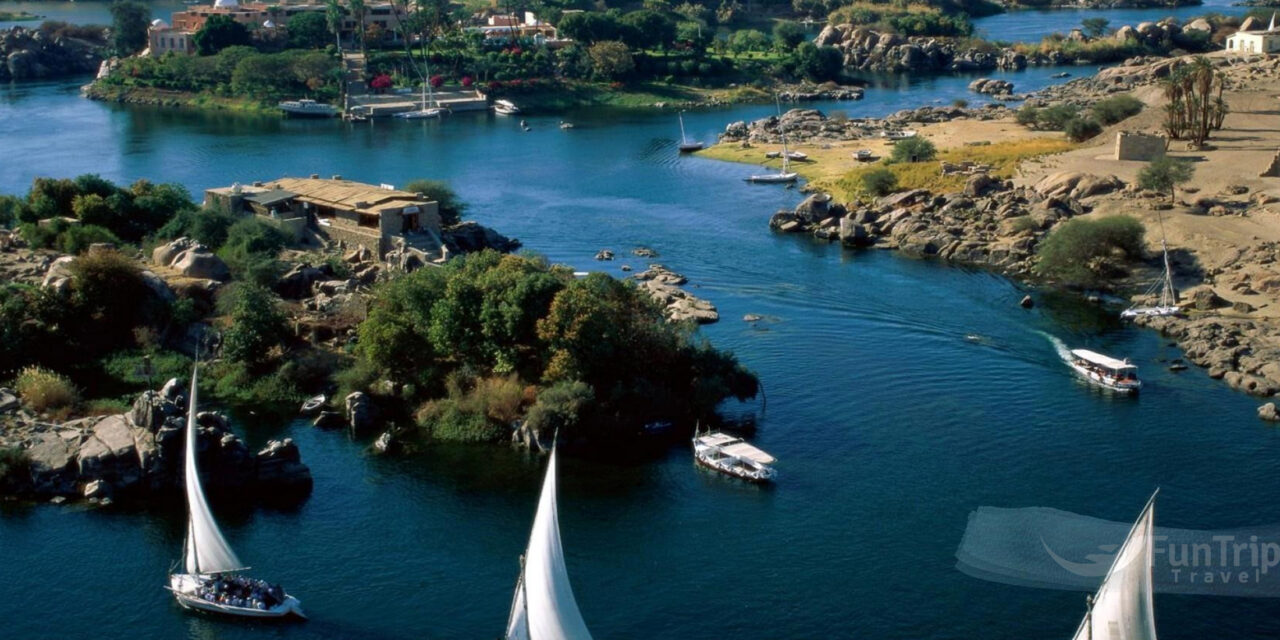
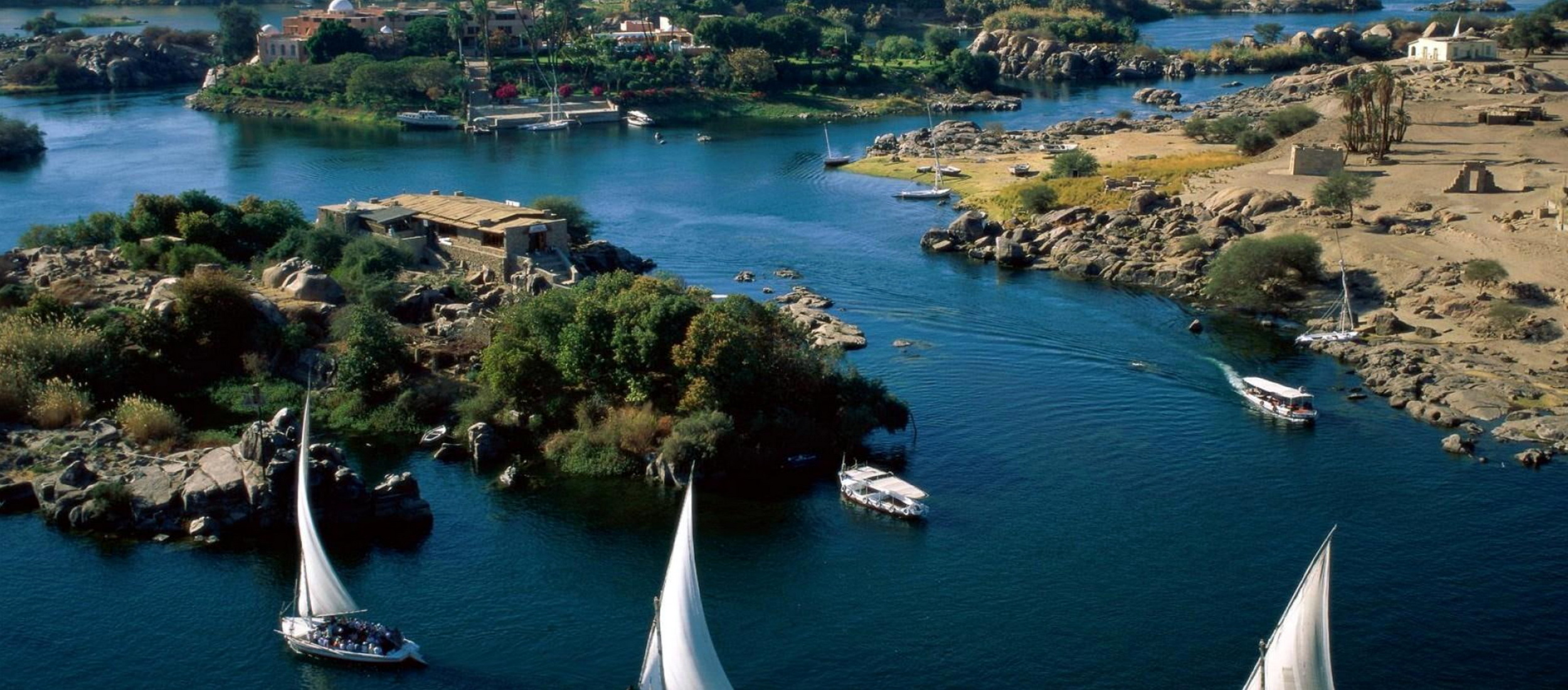
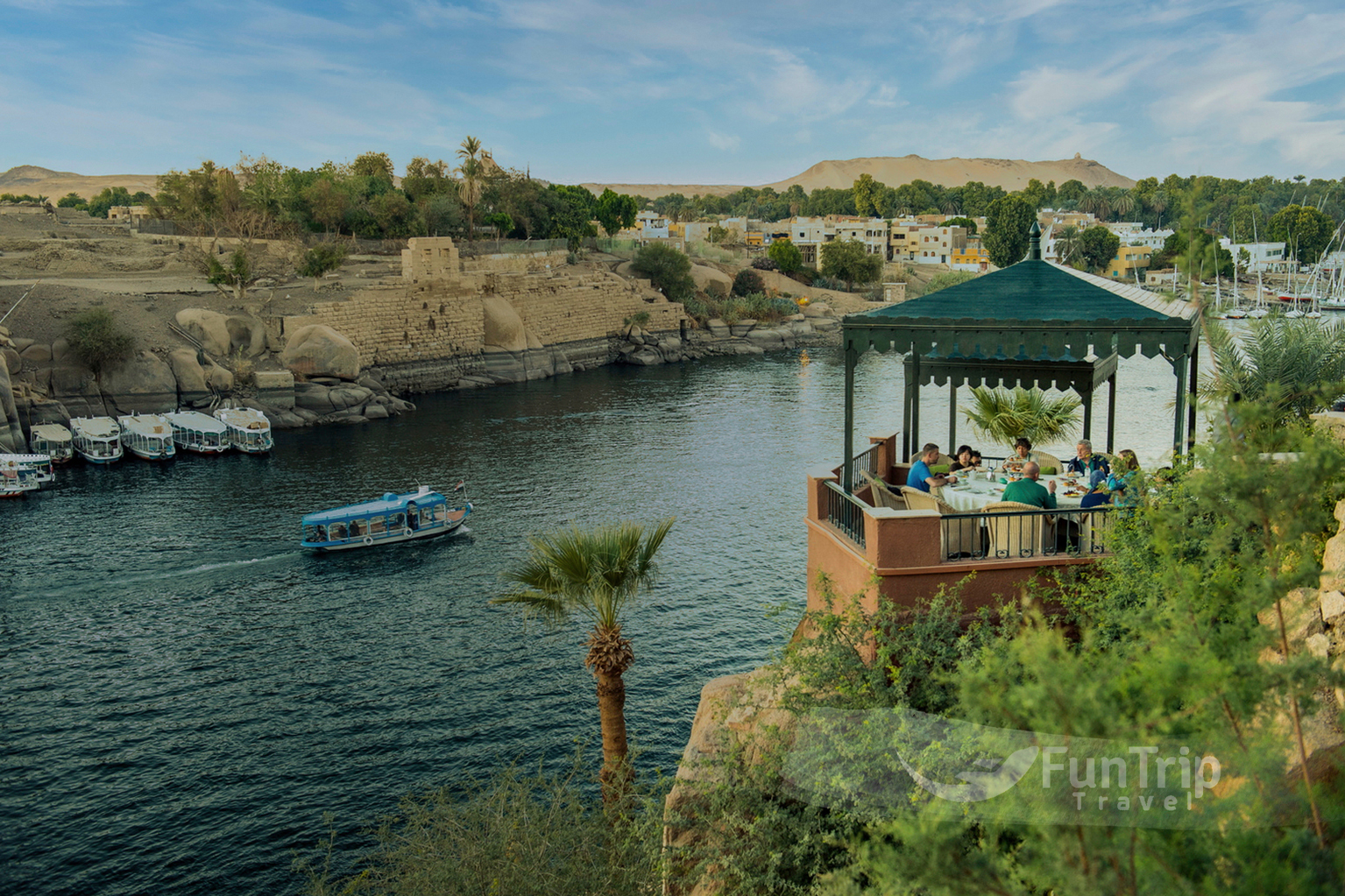
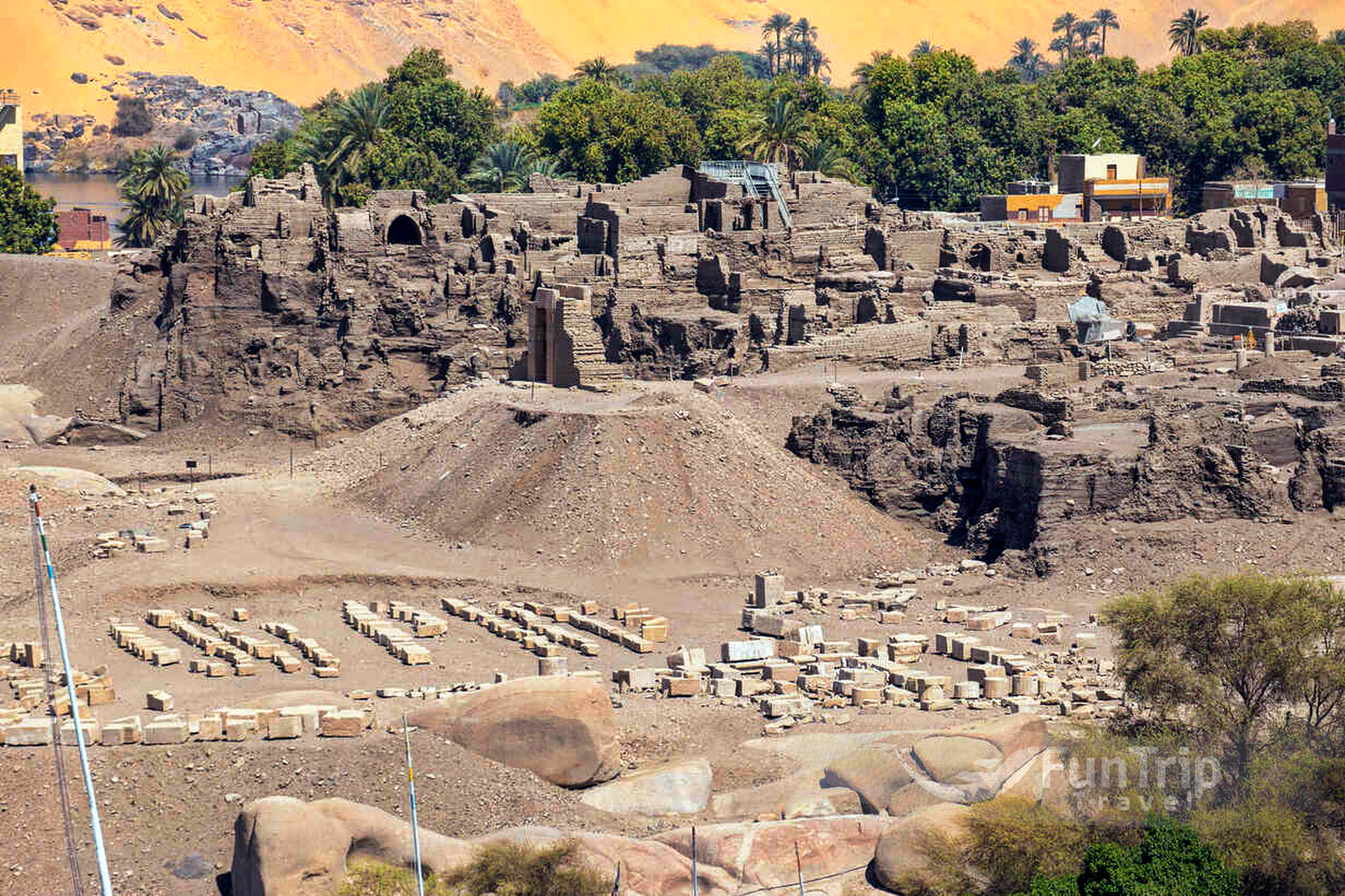
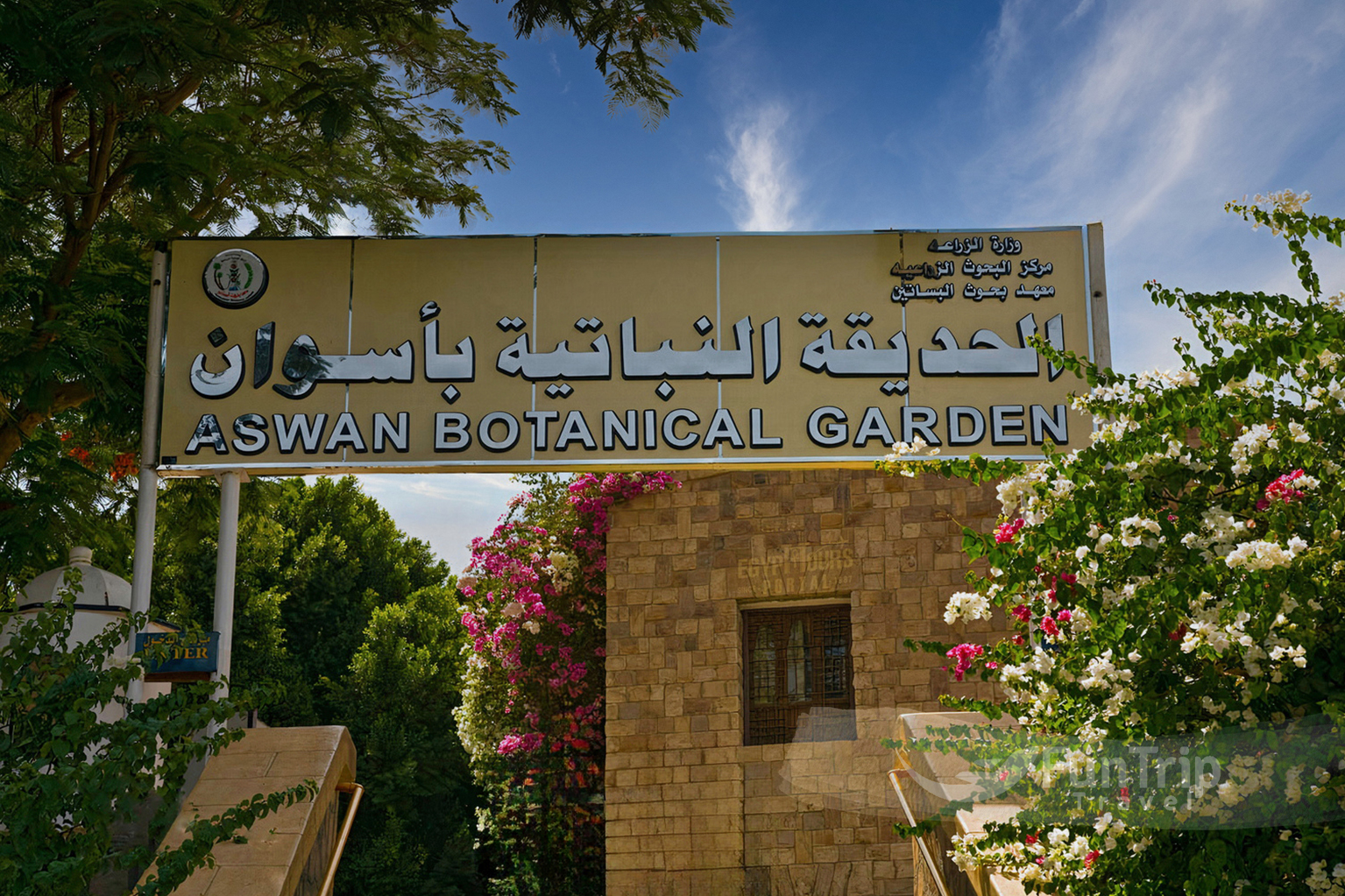
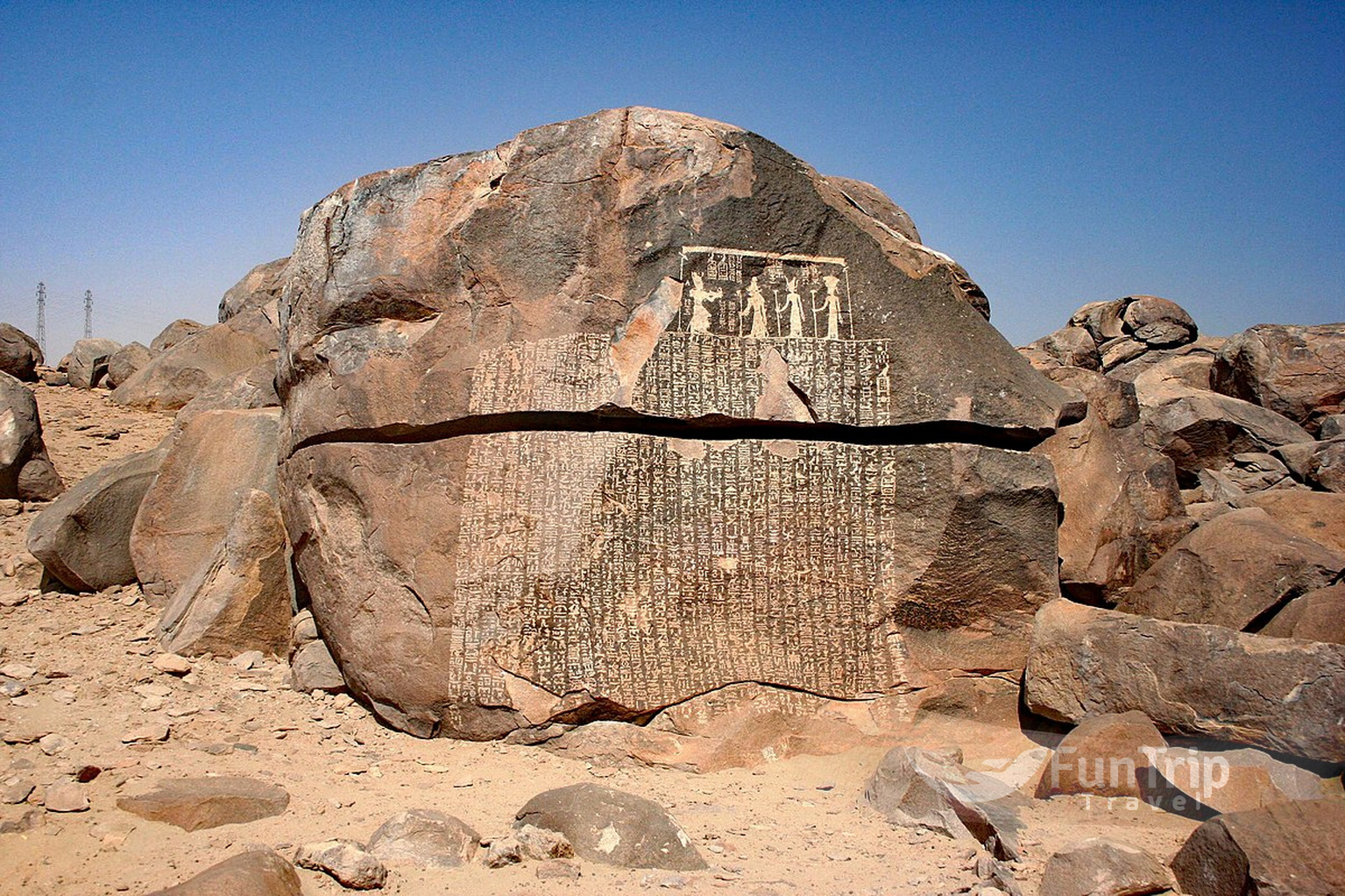
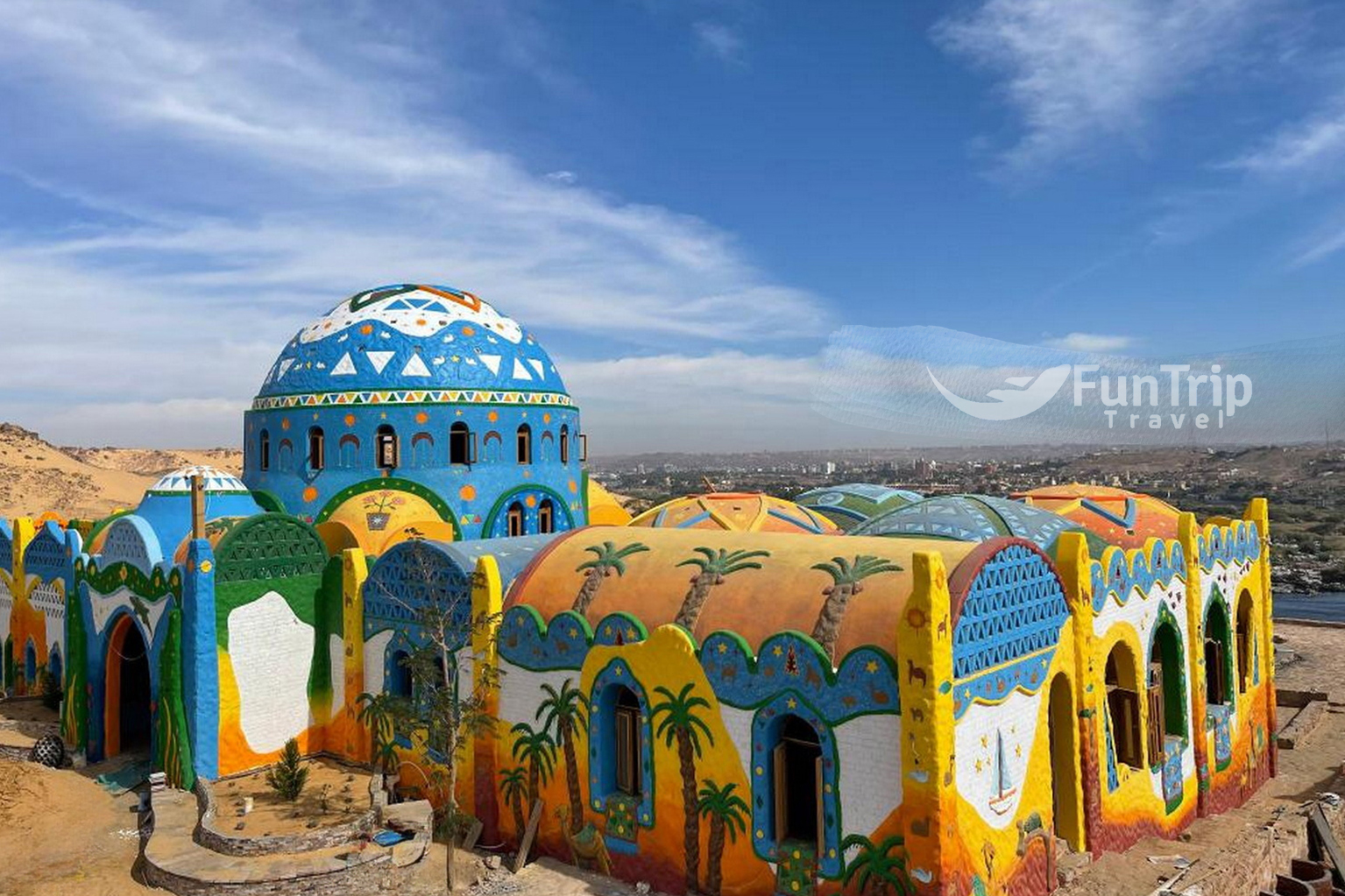
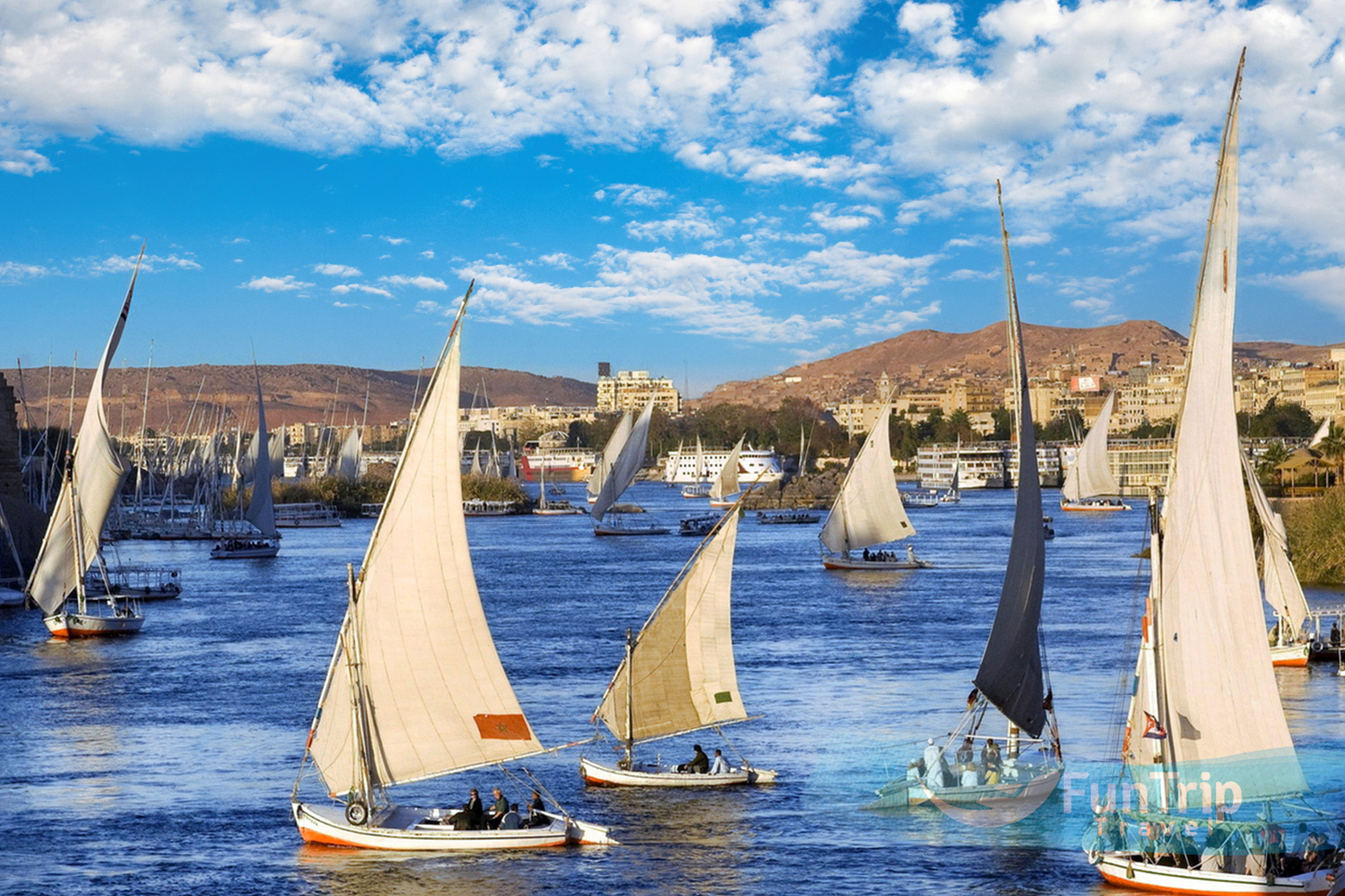
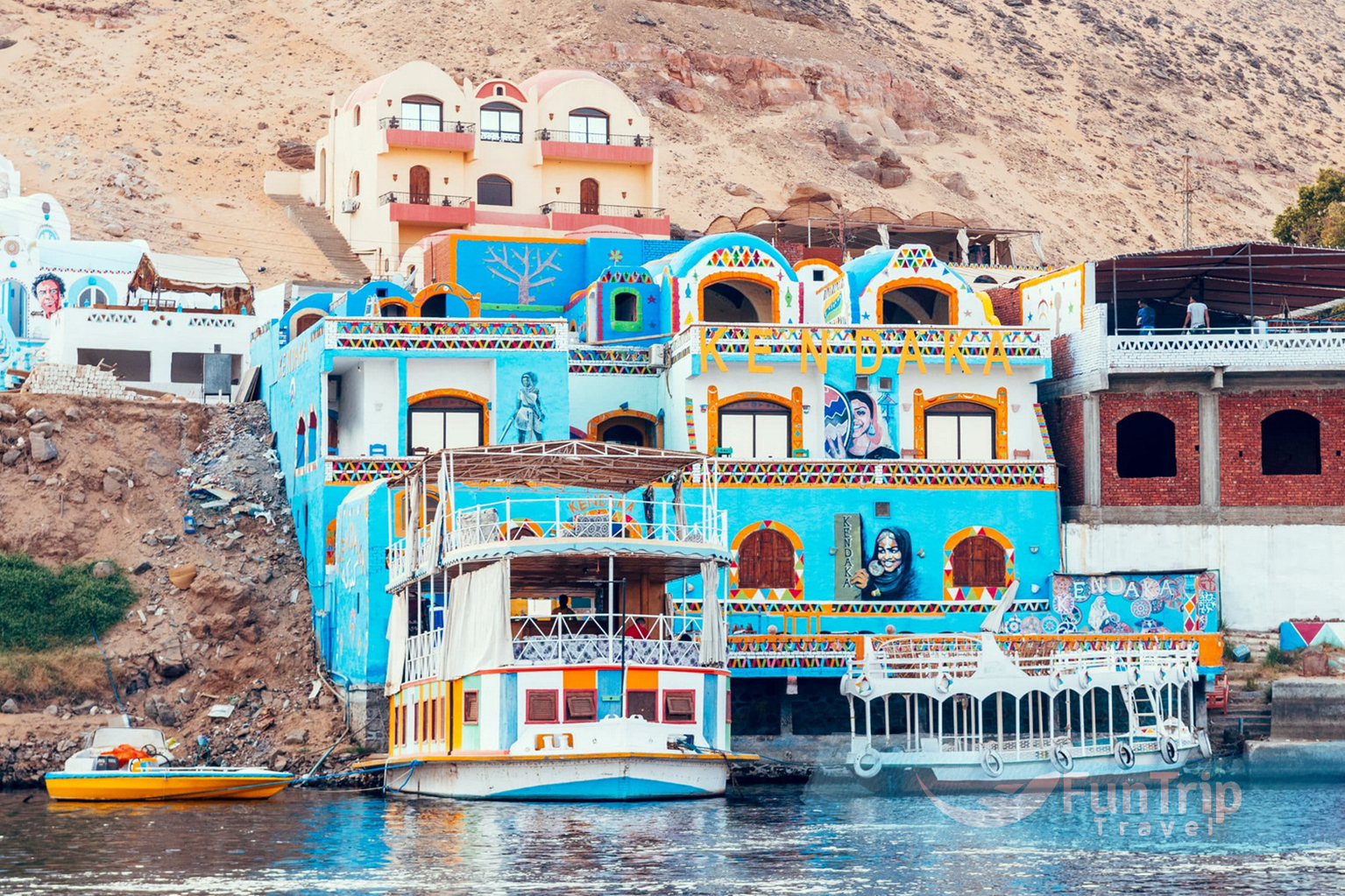

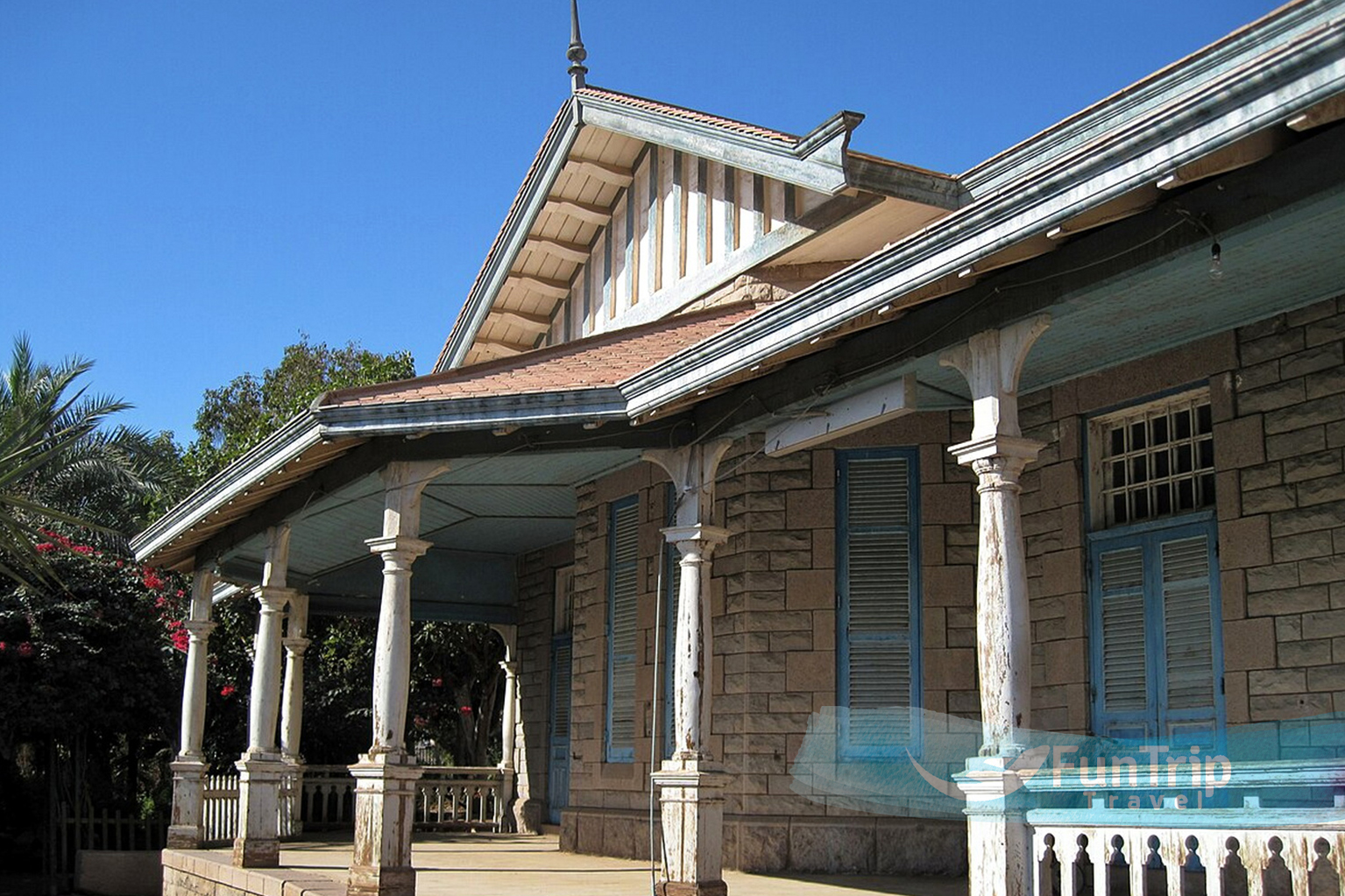
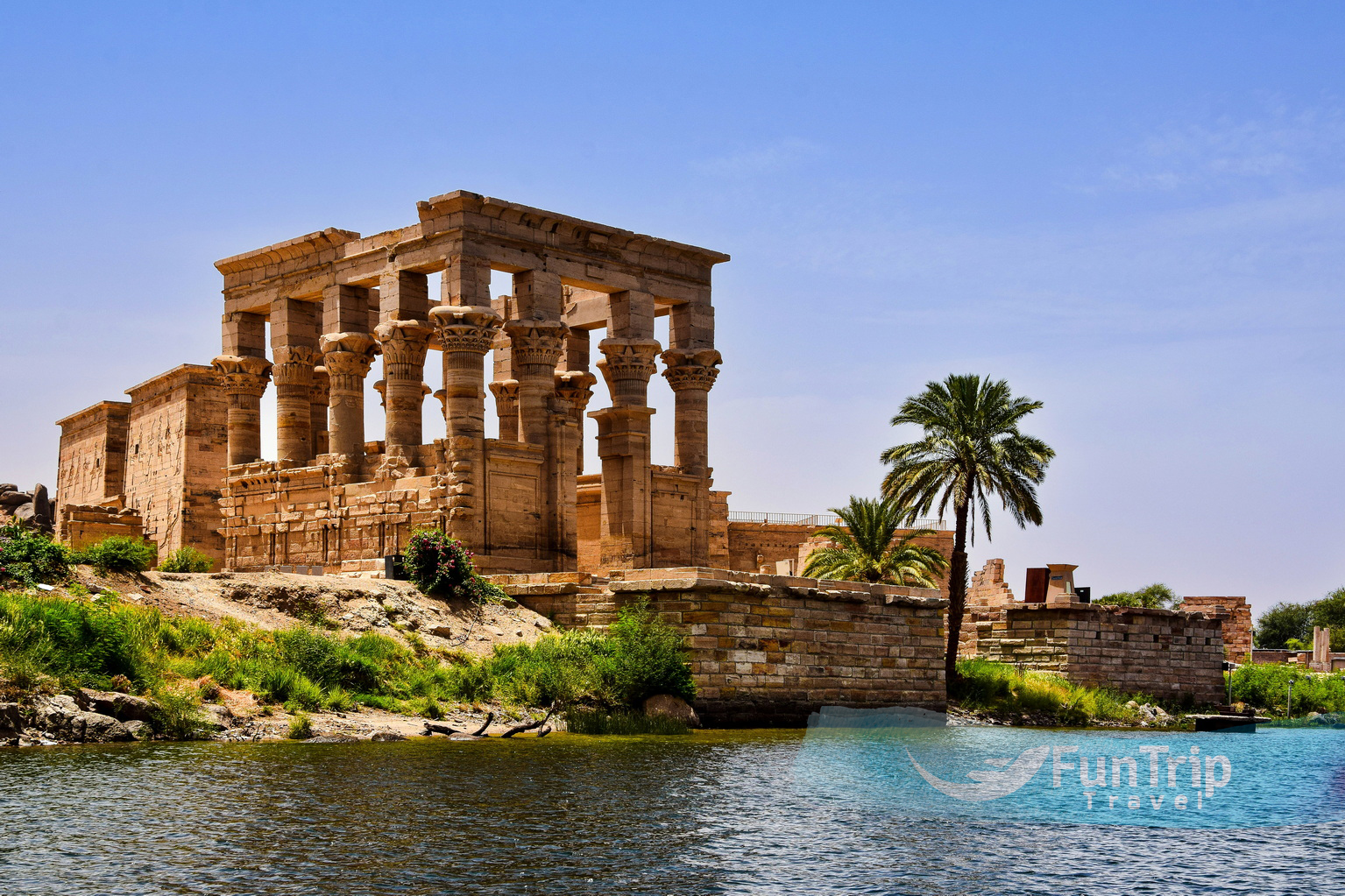 Kalabsha Temple
Kalabsha Temple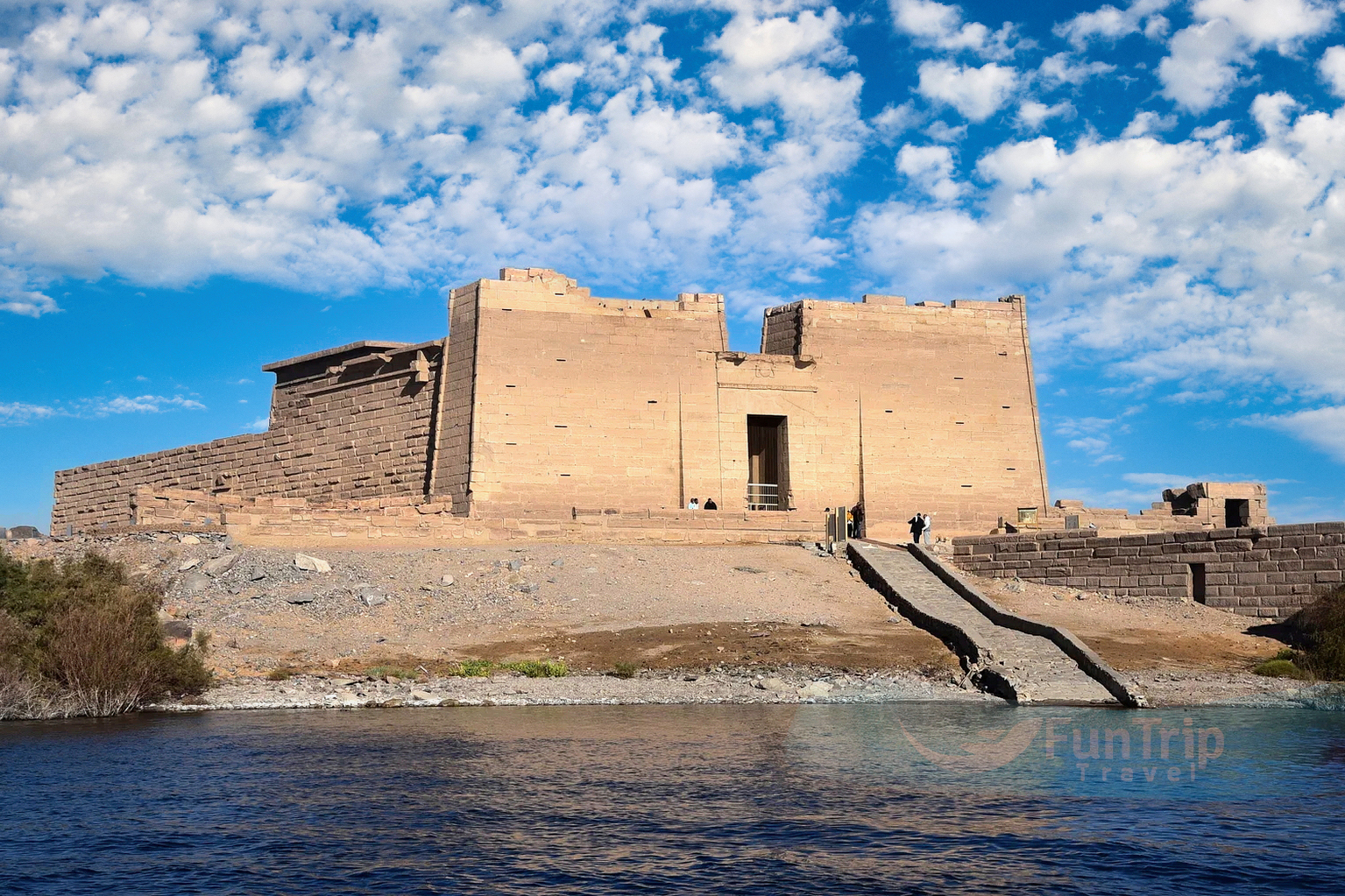
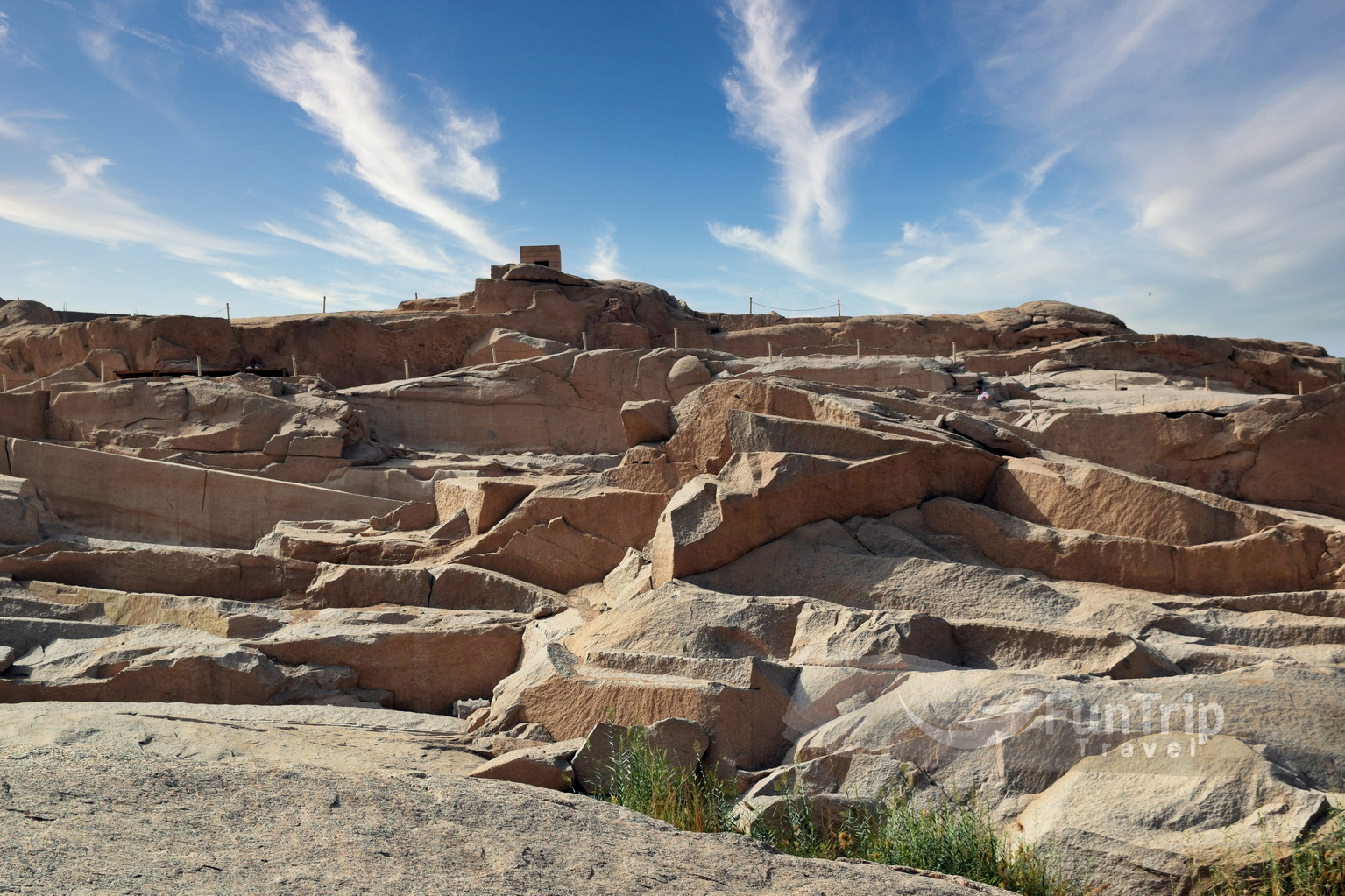
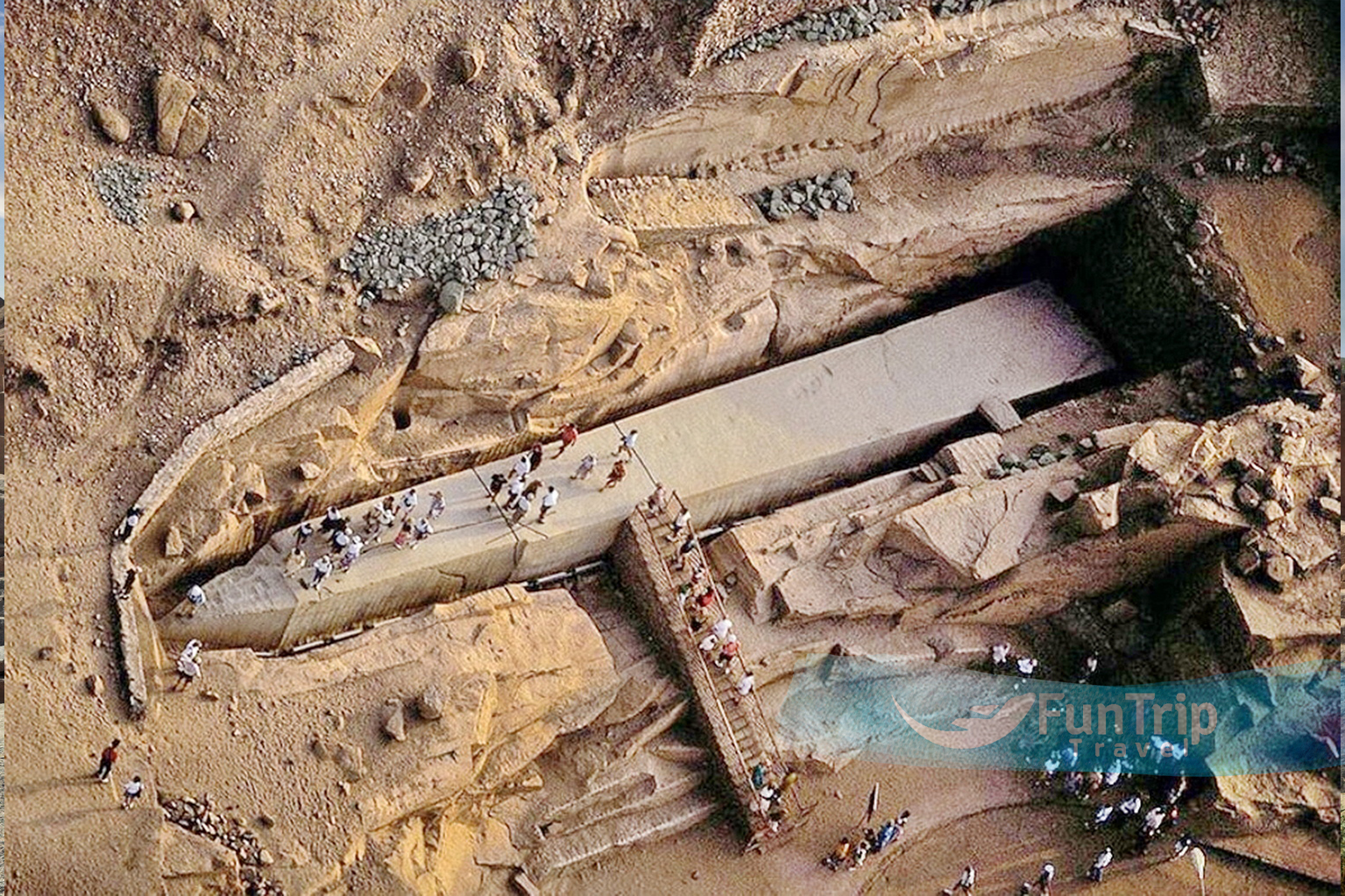
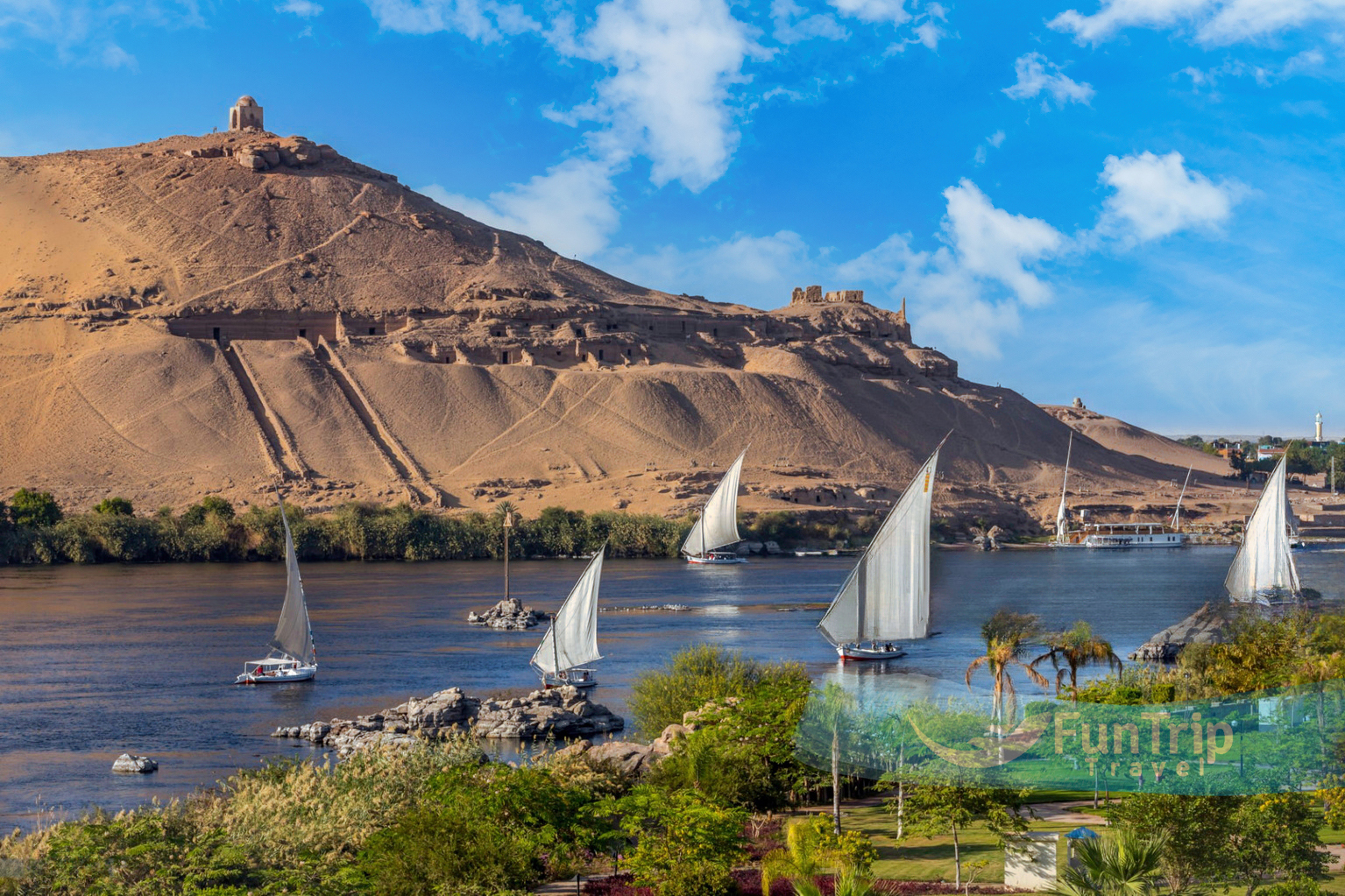
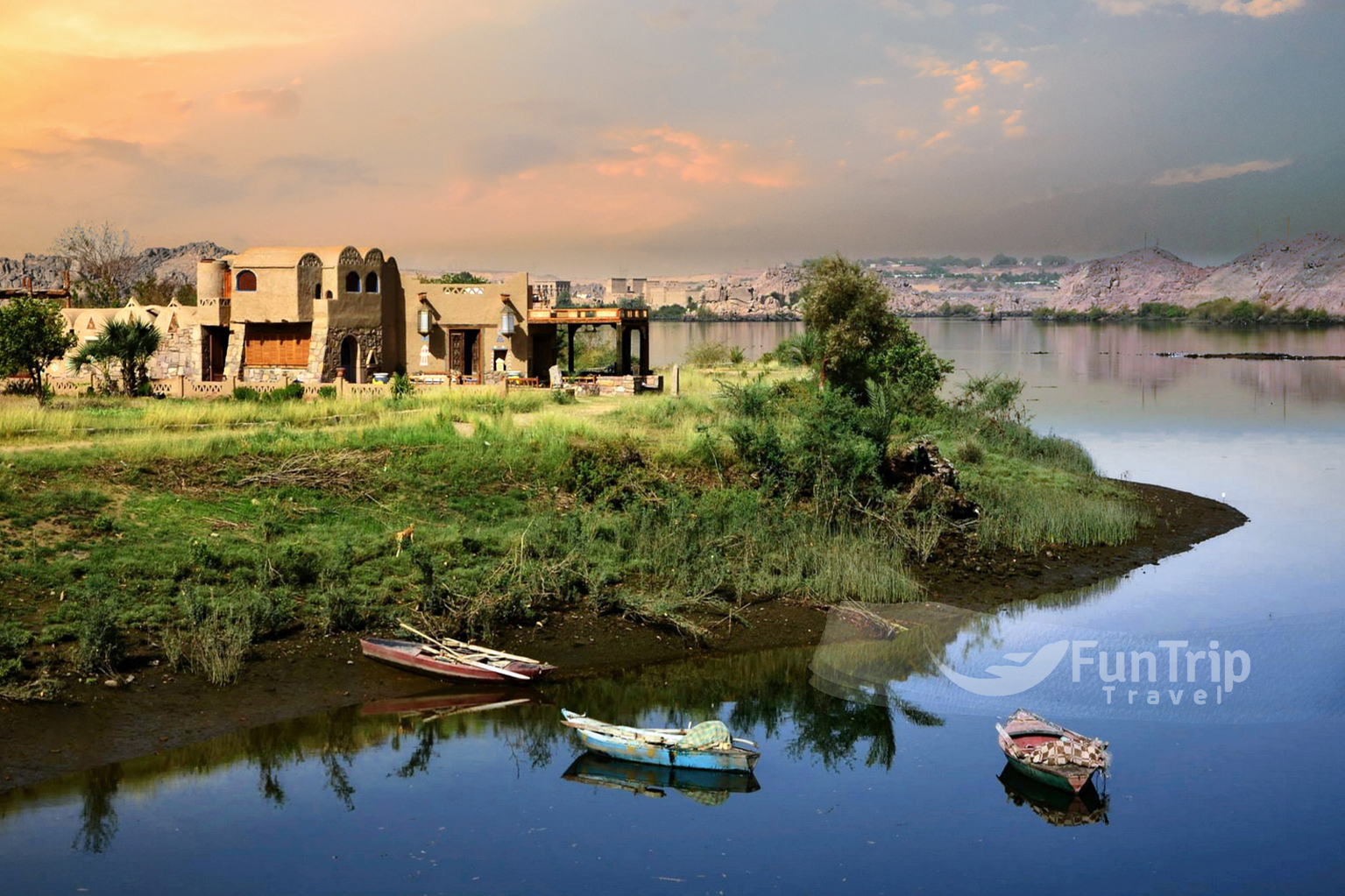

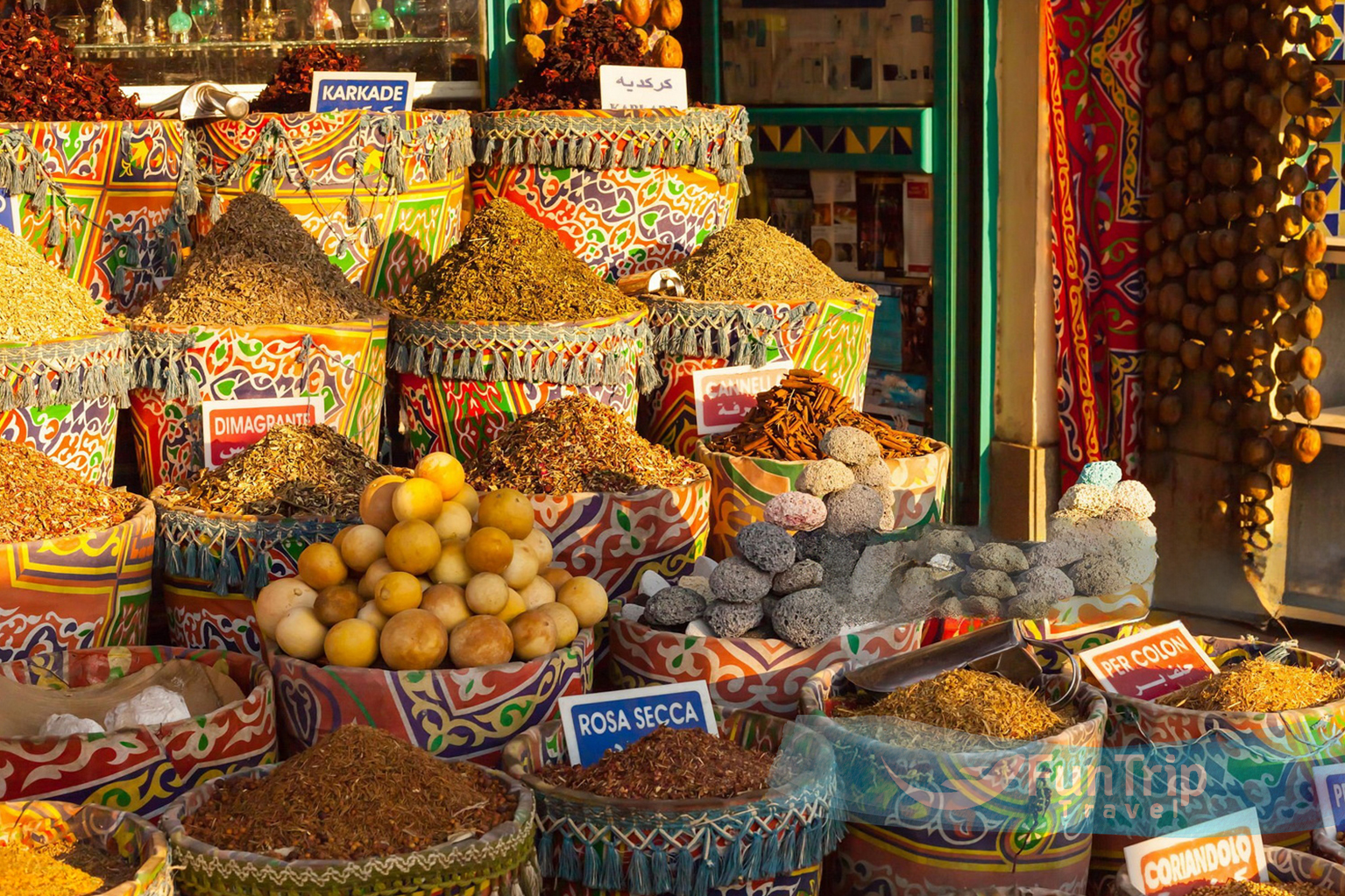
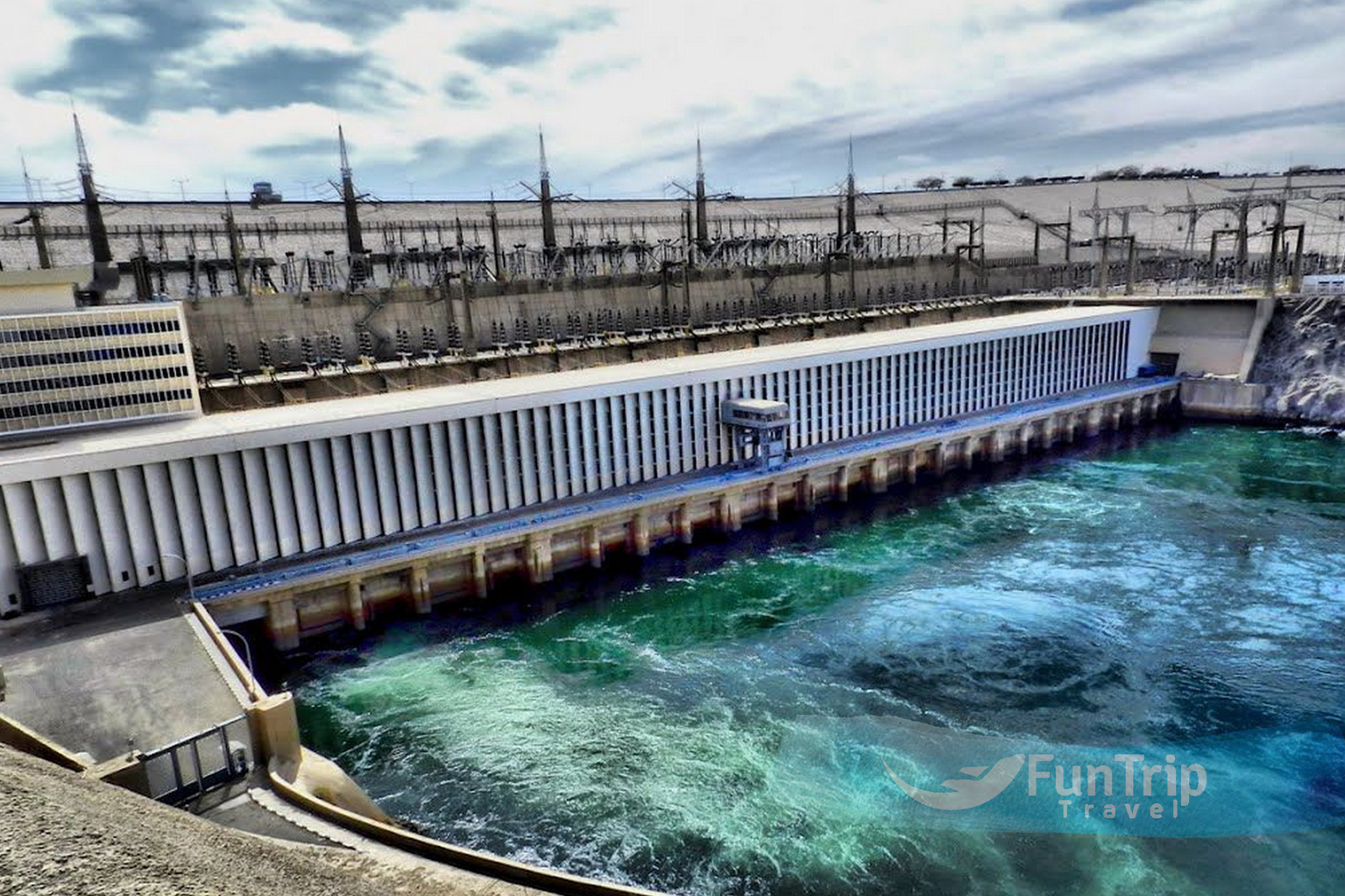
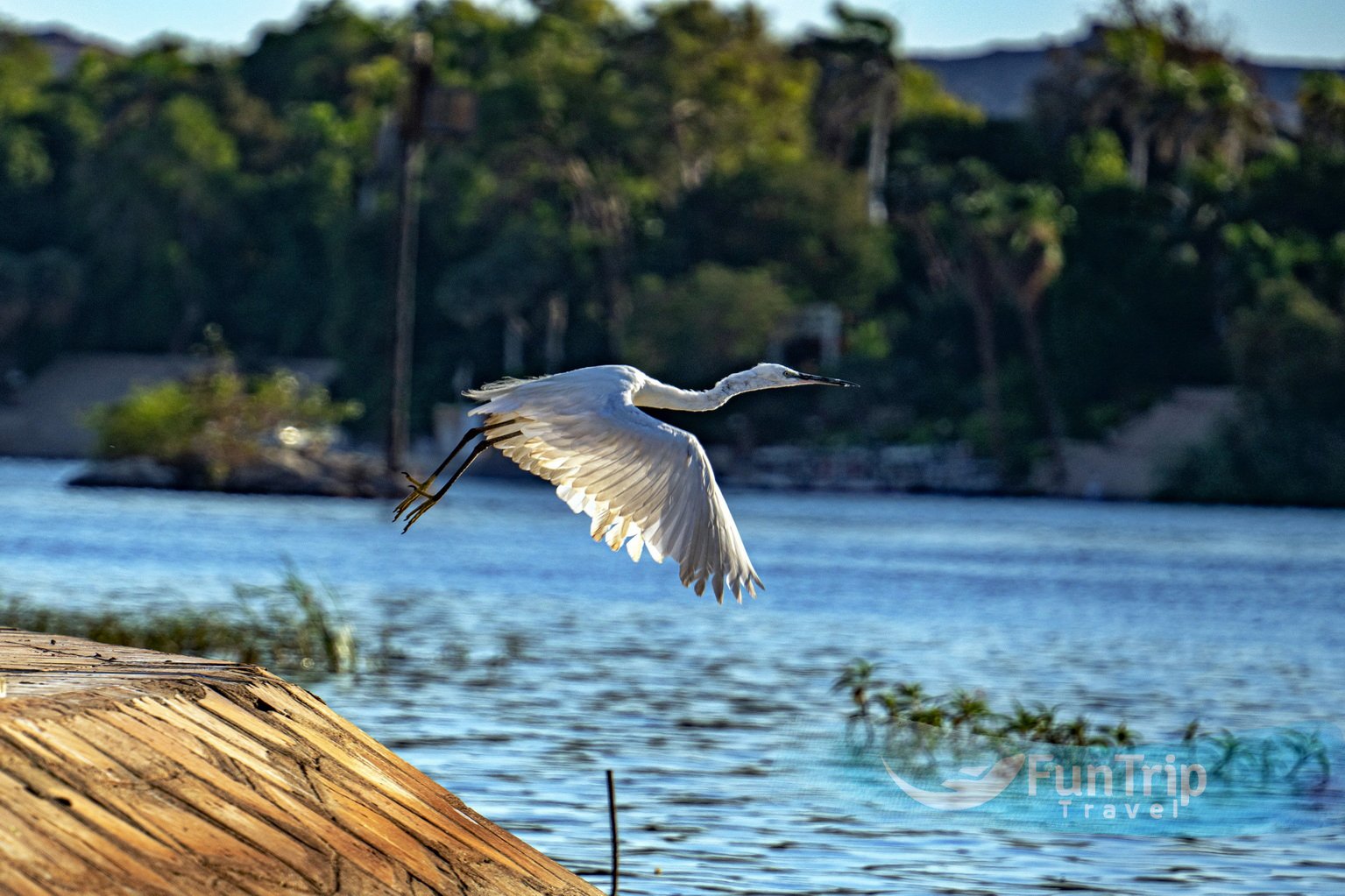
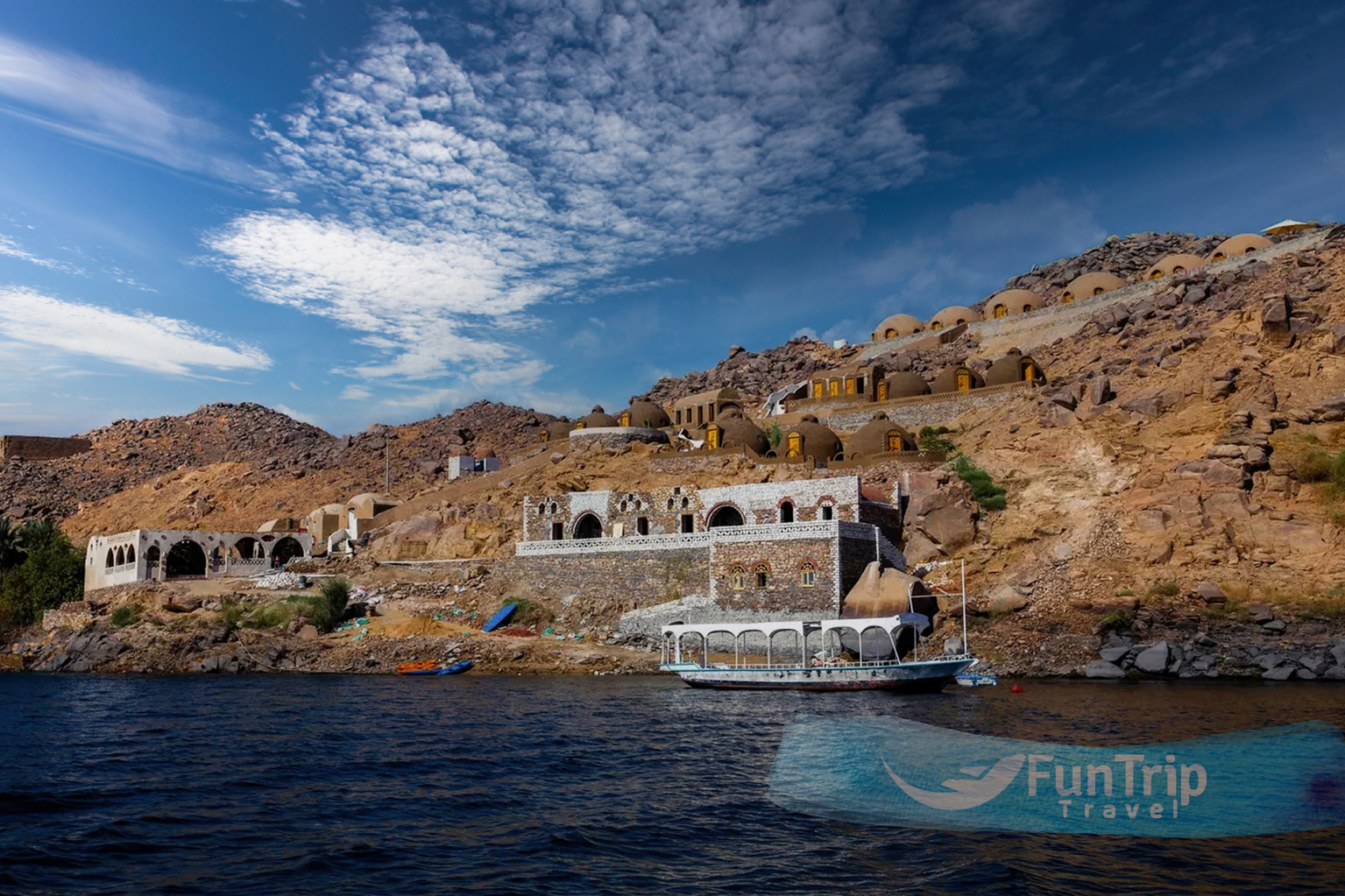
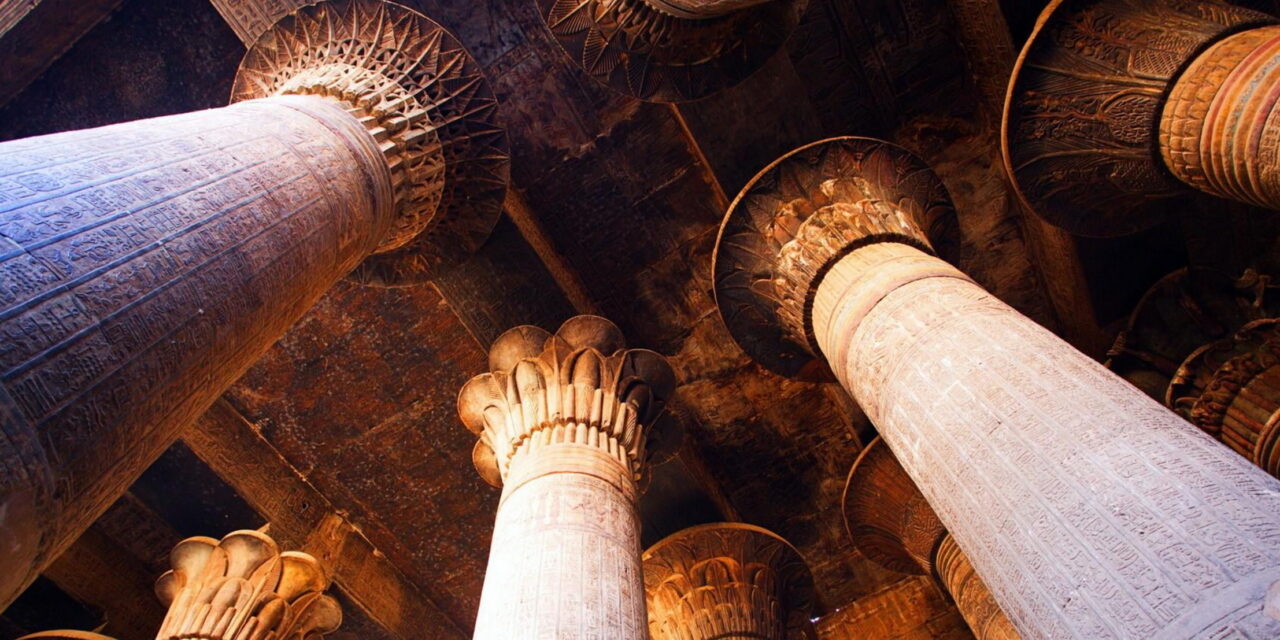
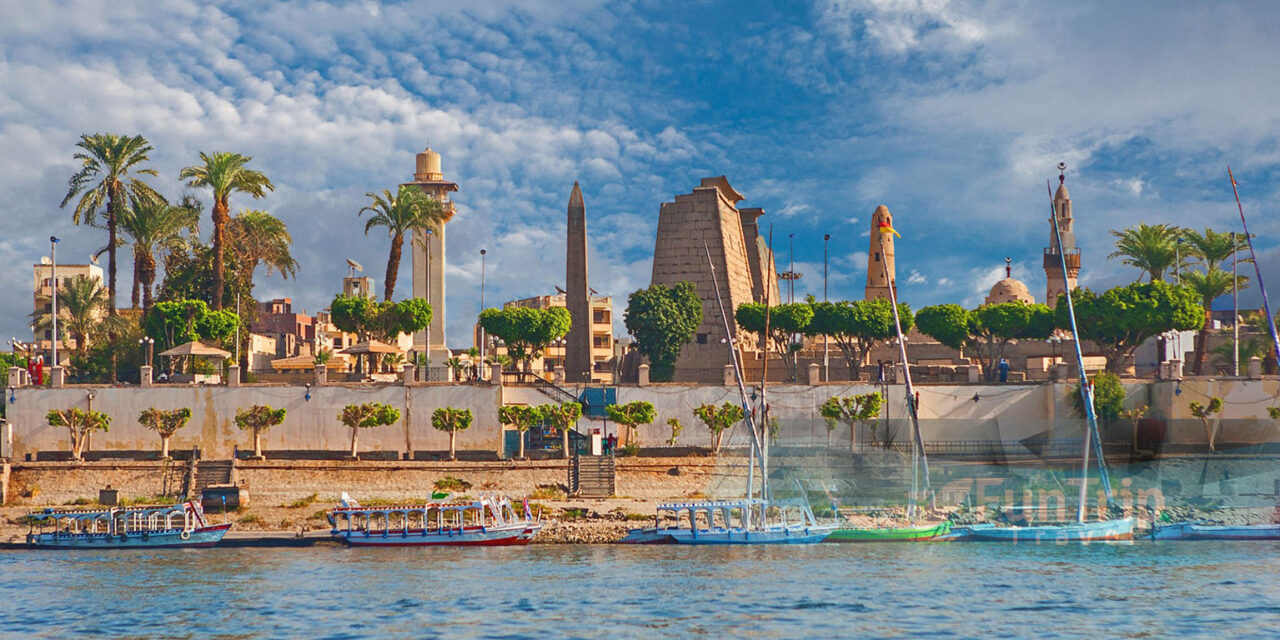
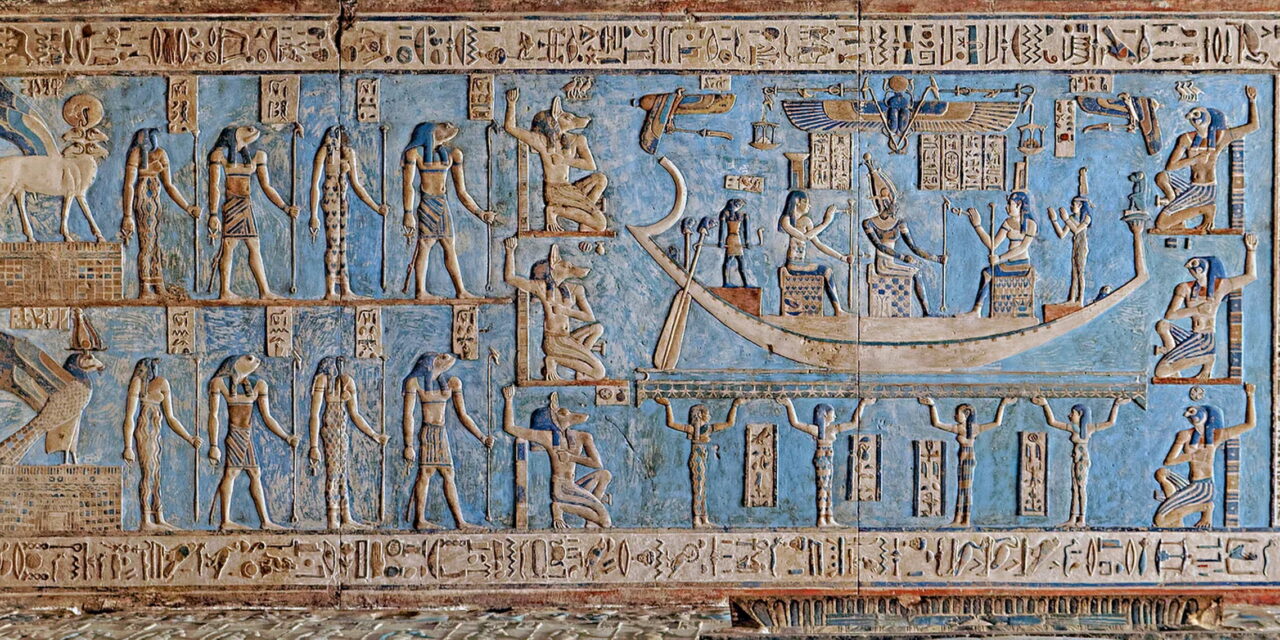
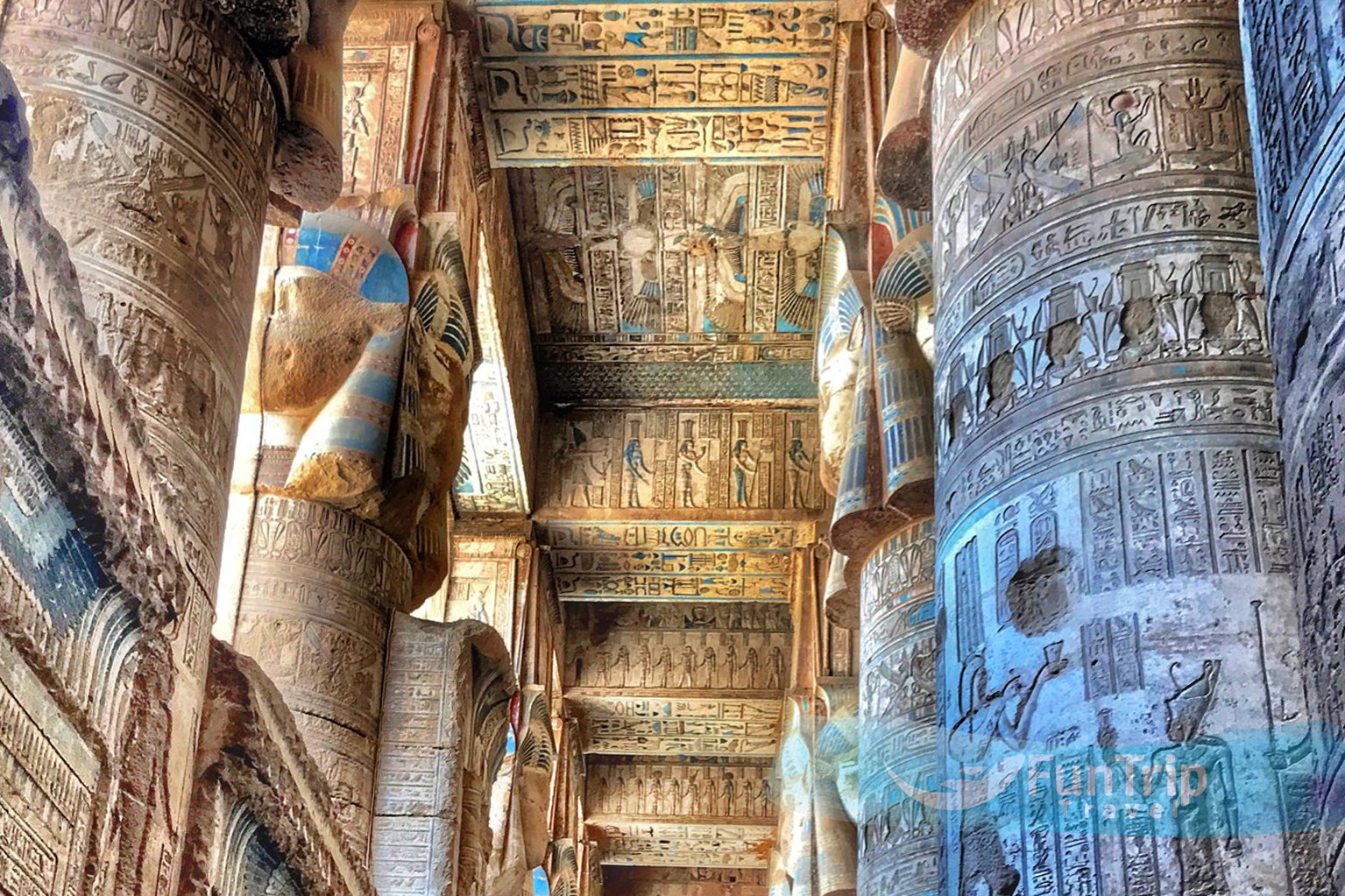 Qena
Qena